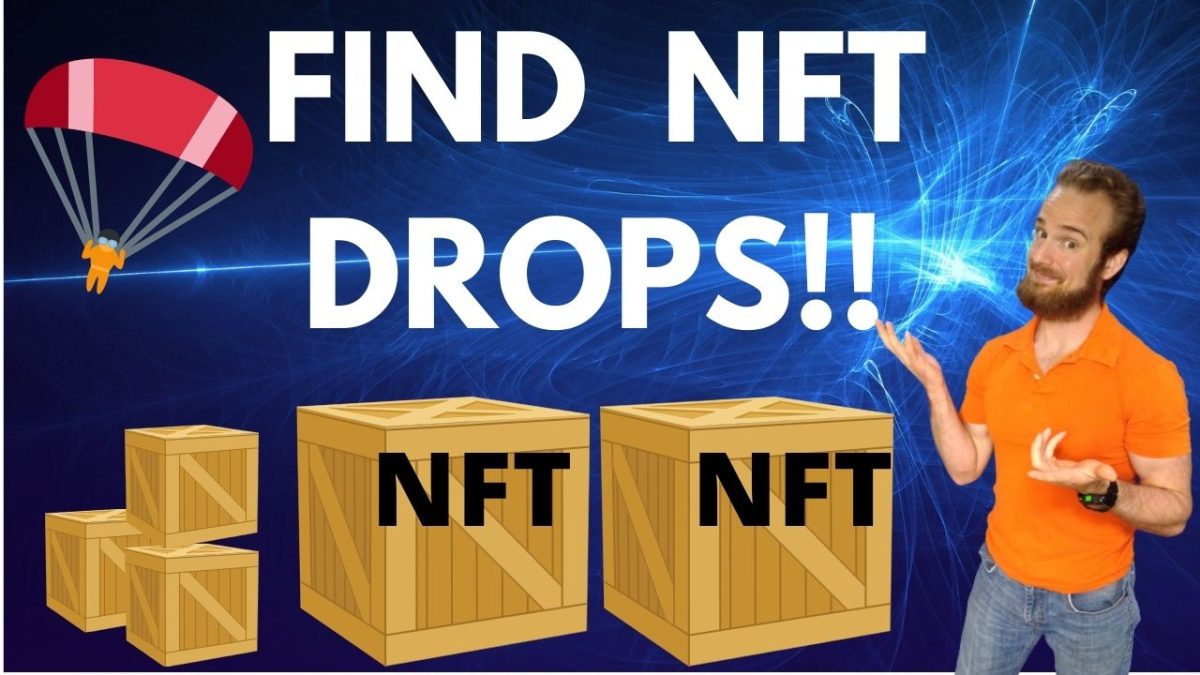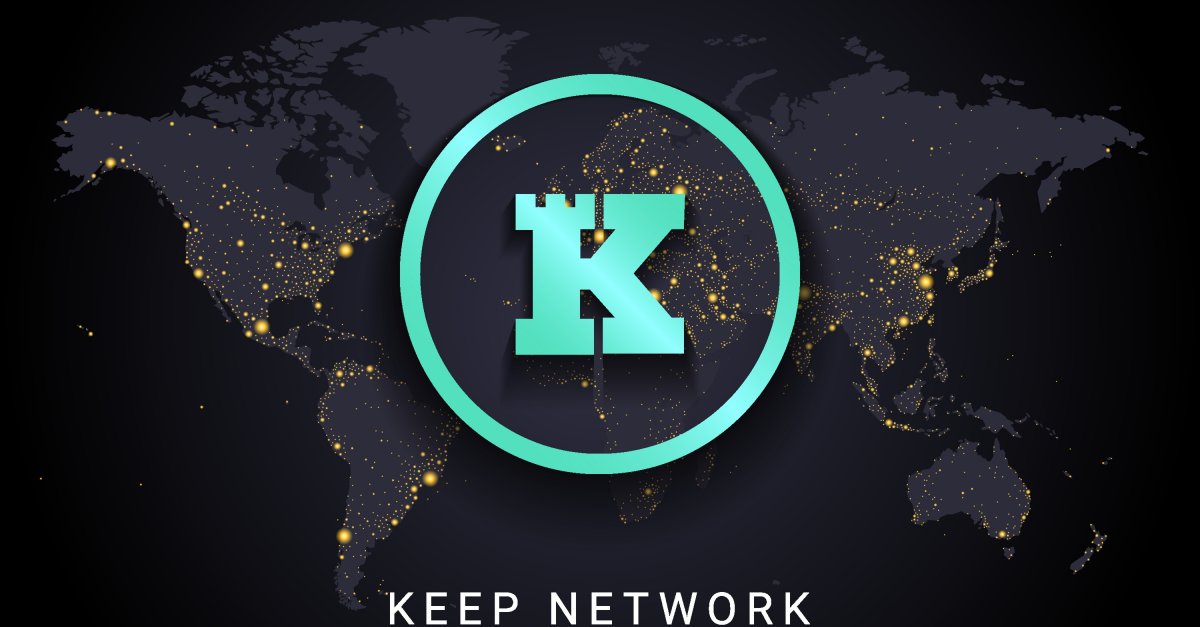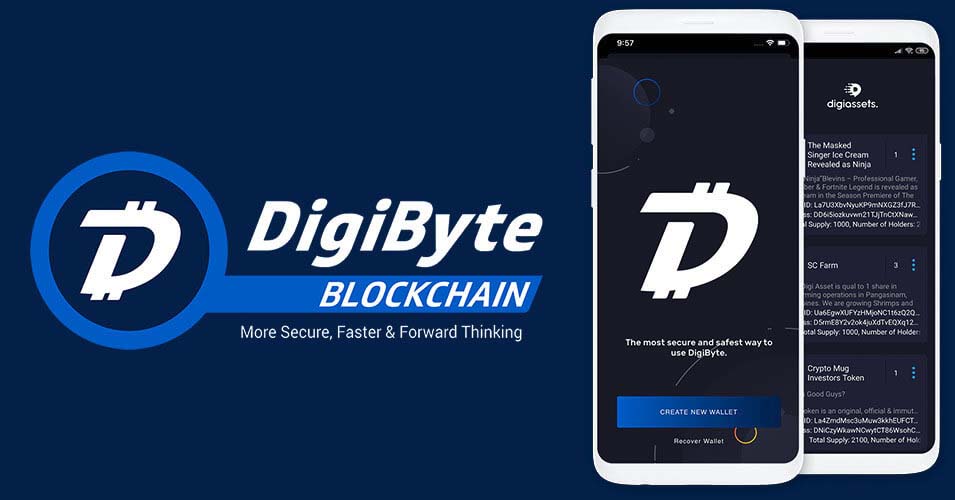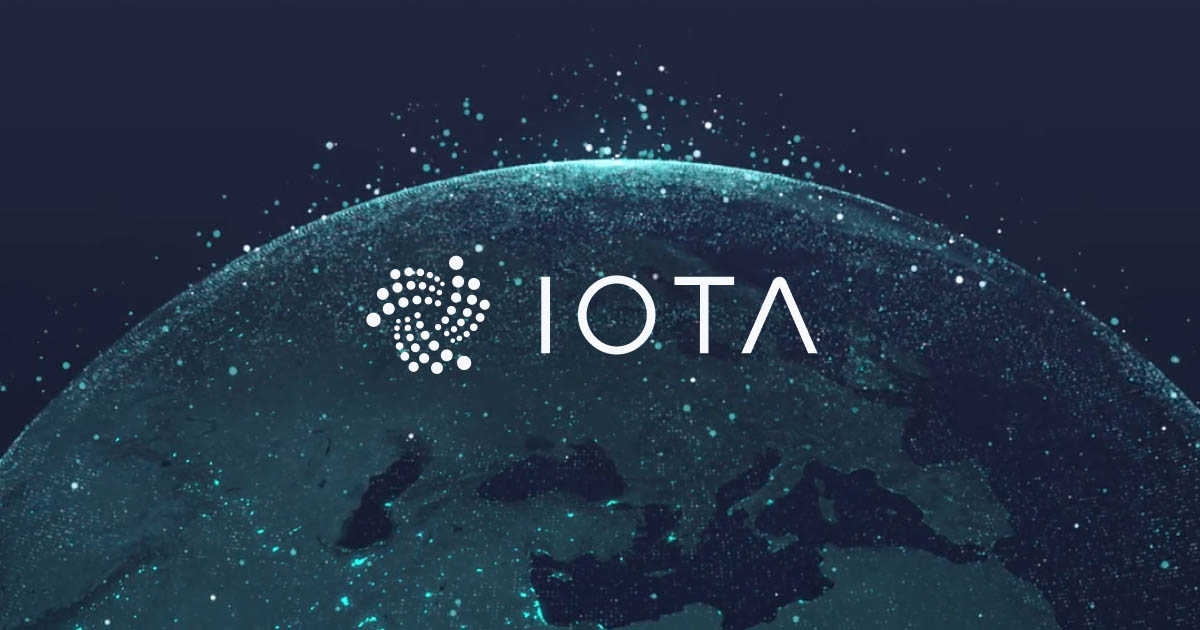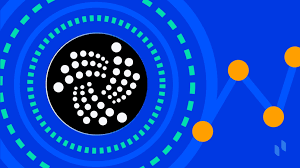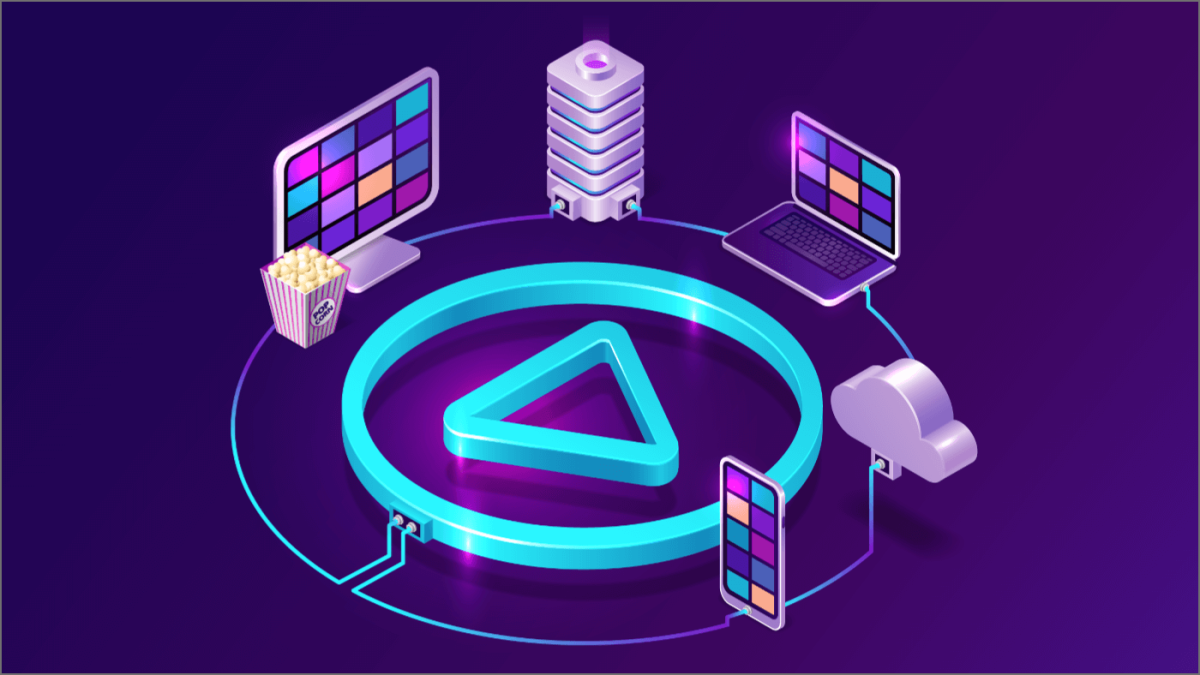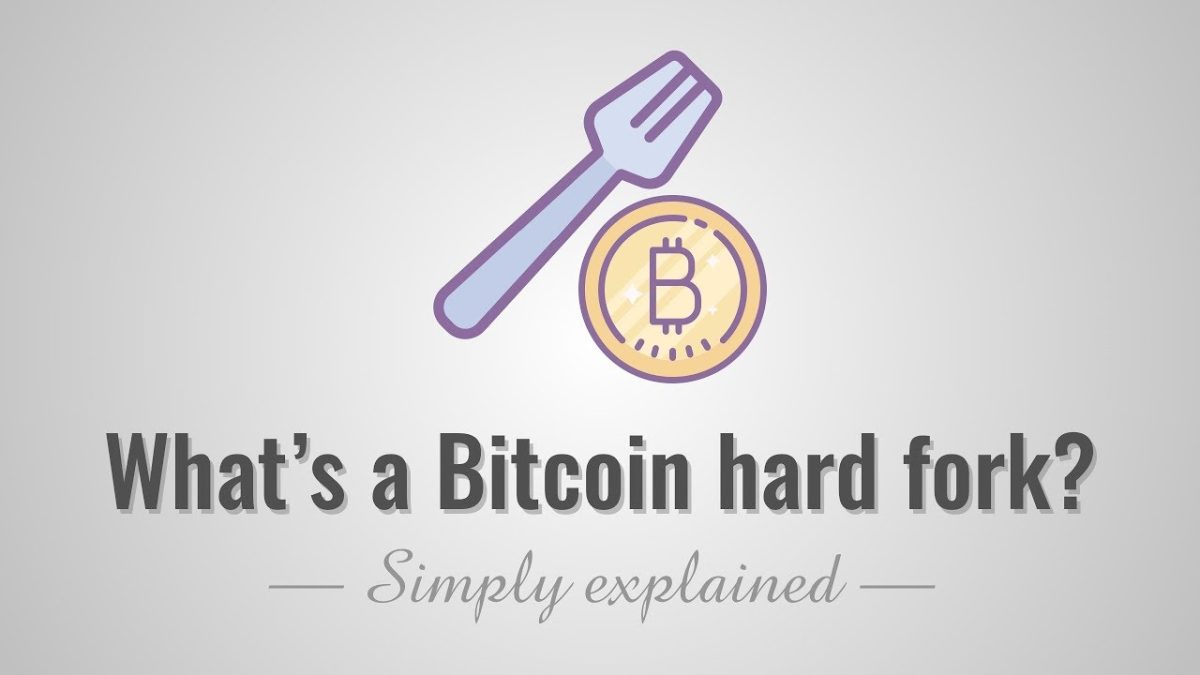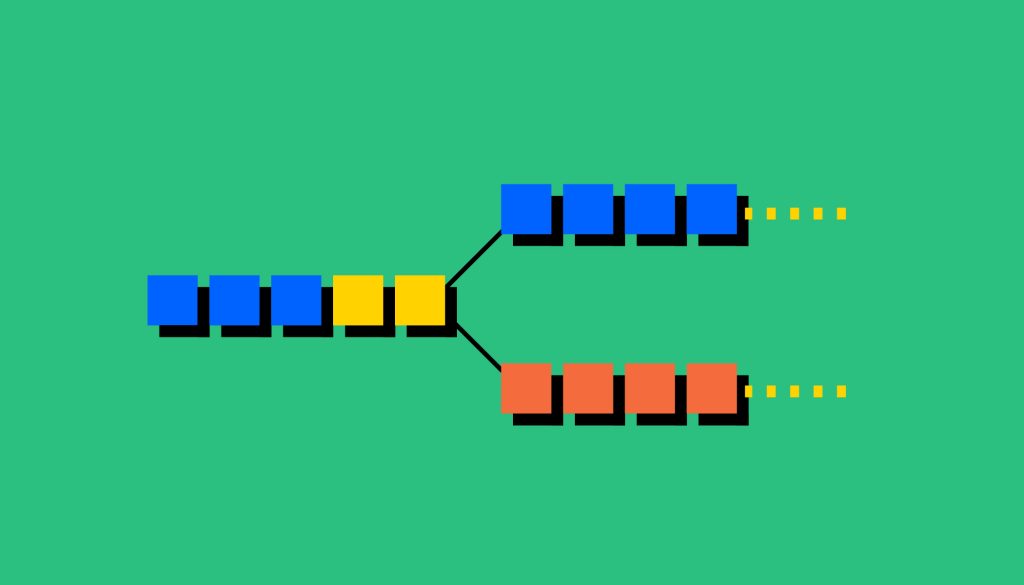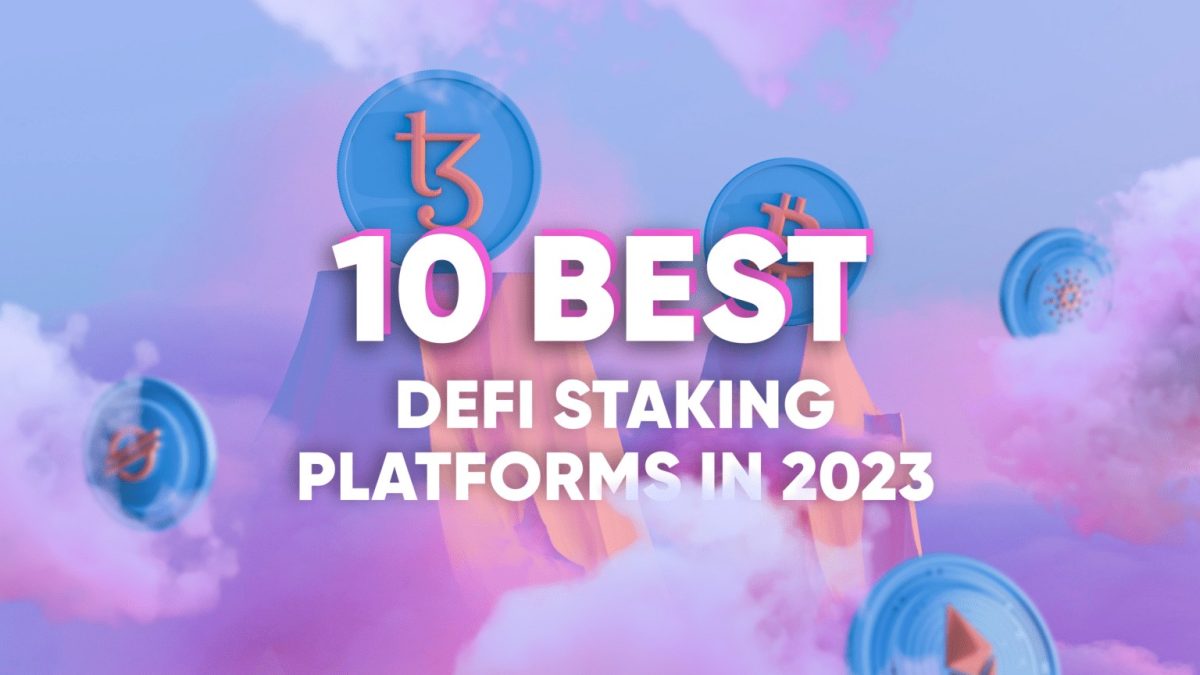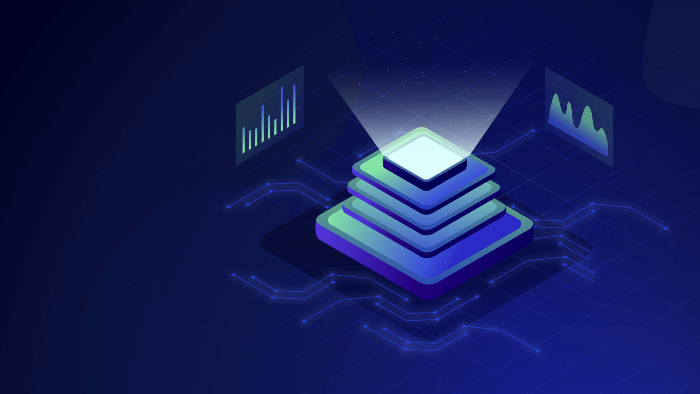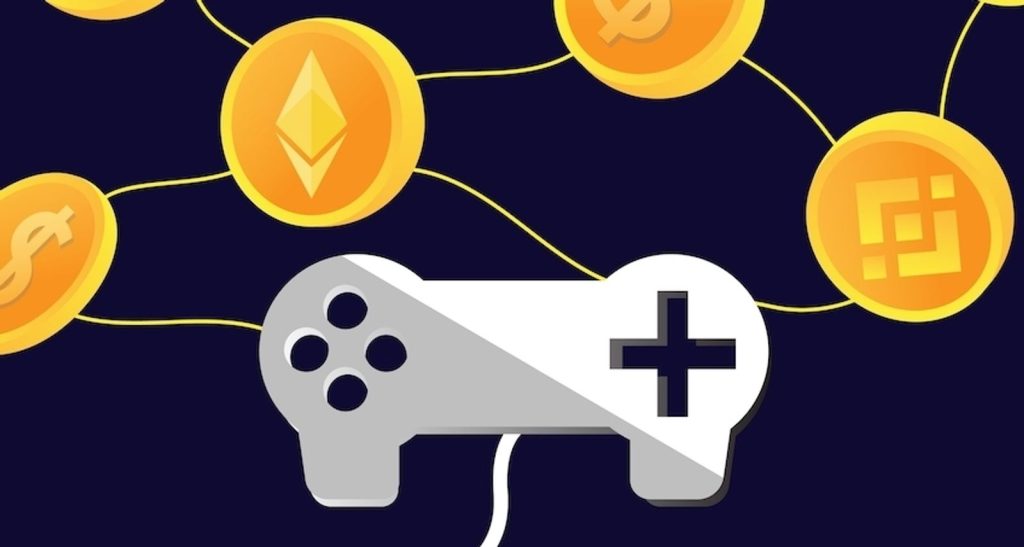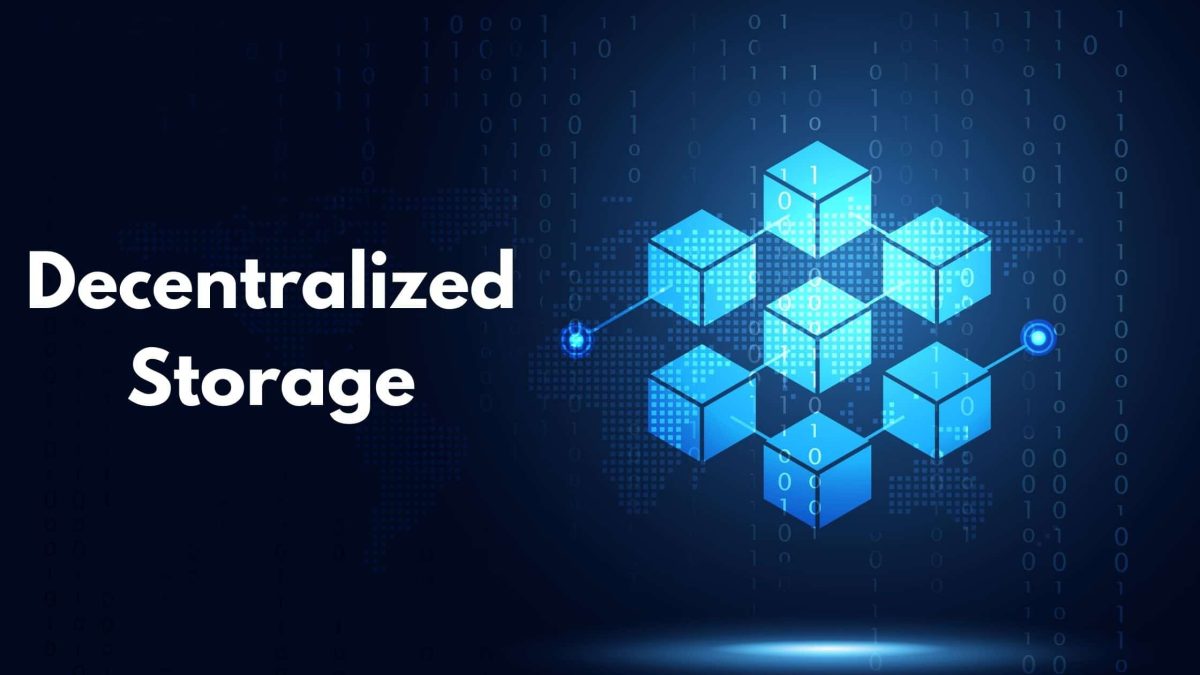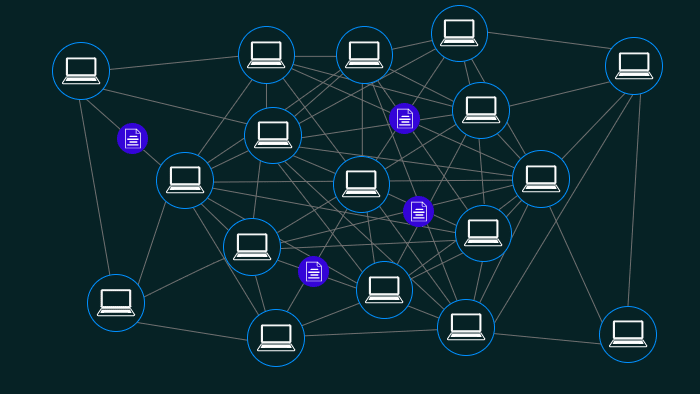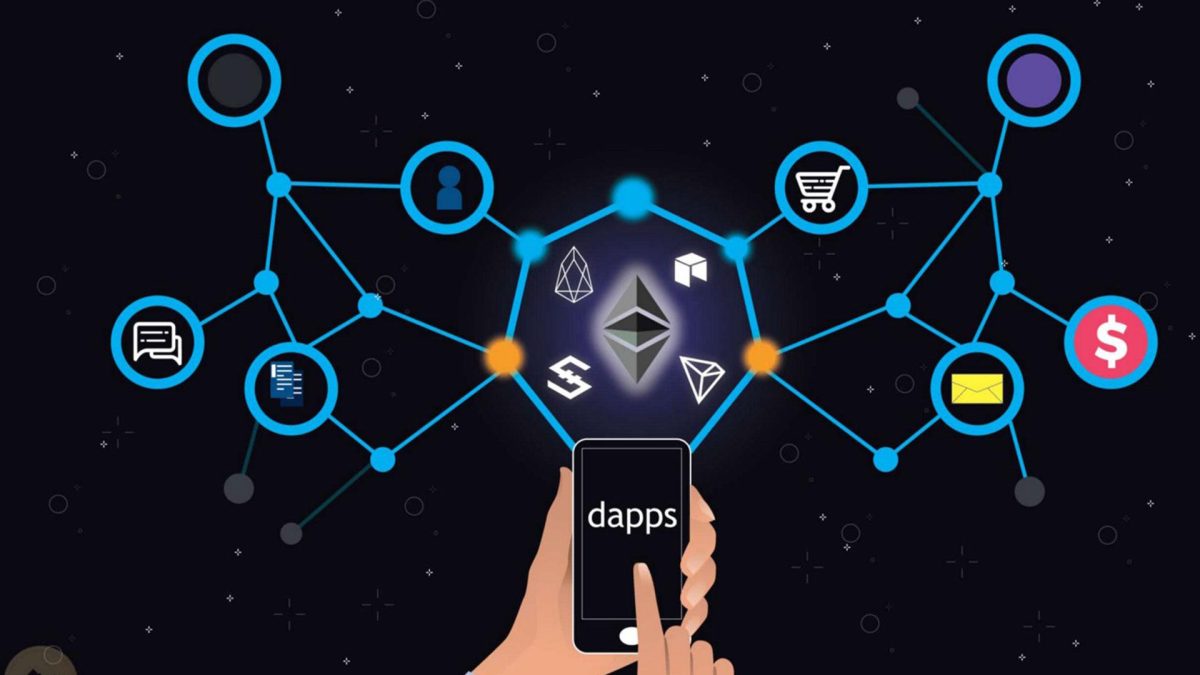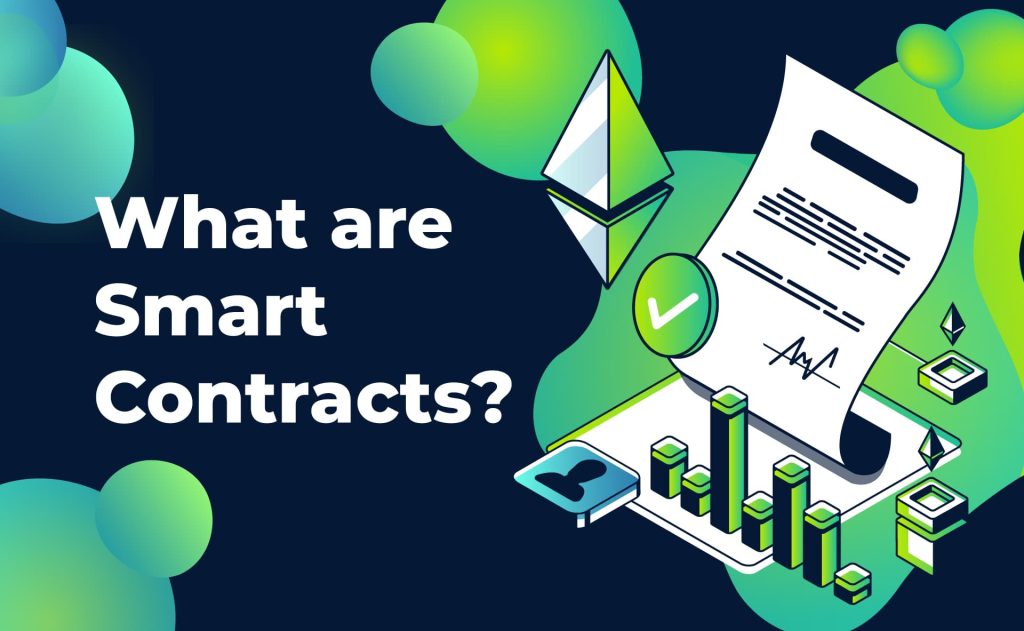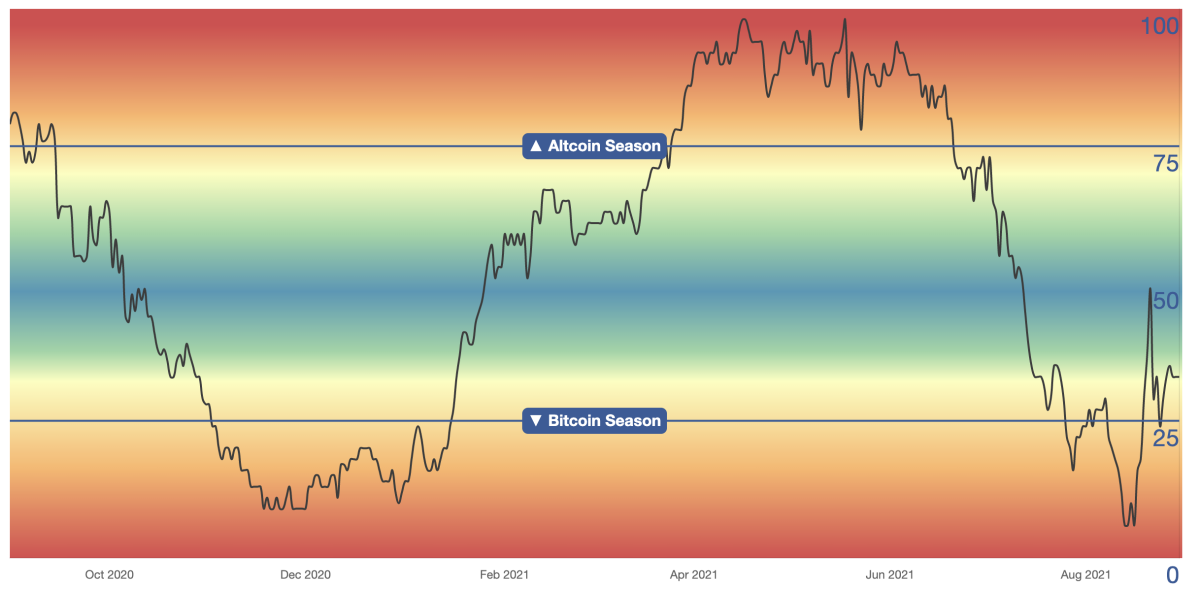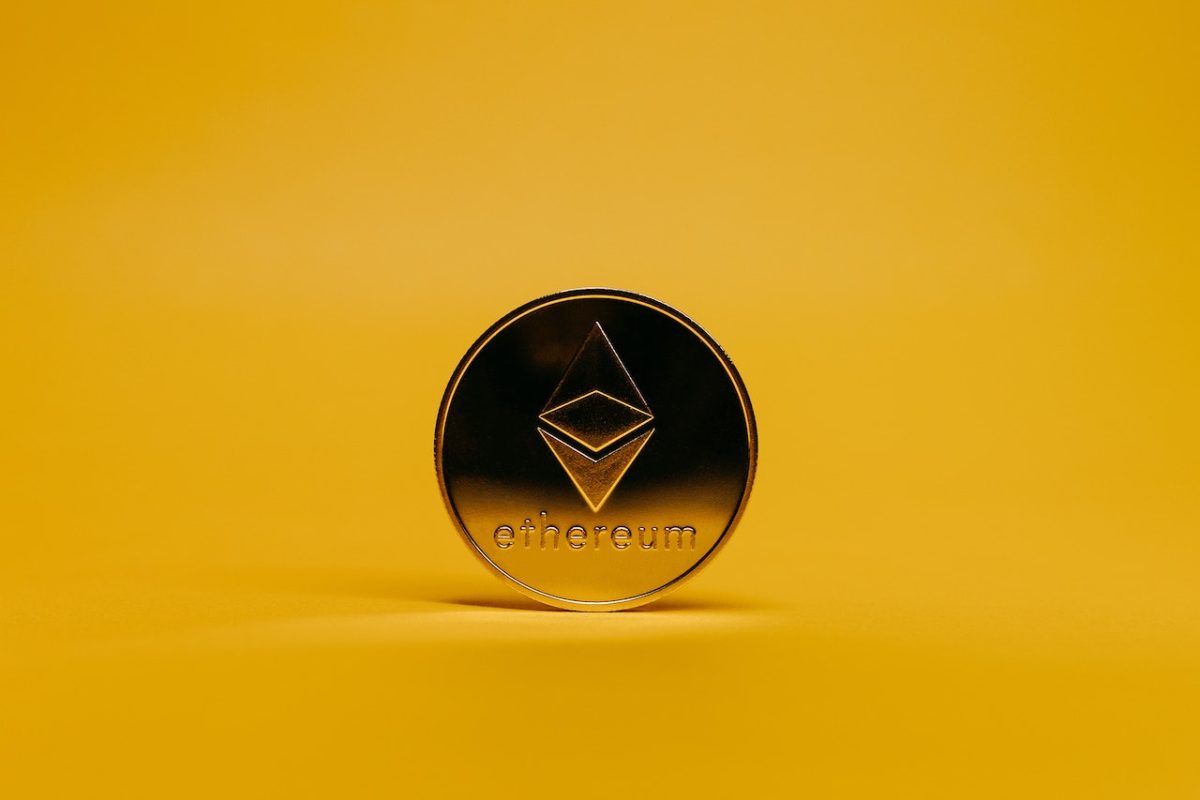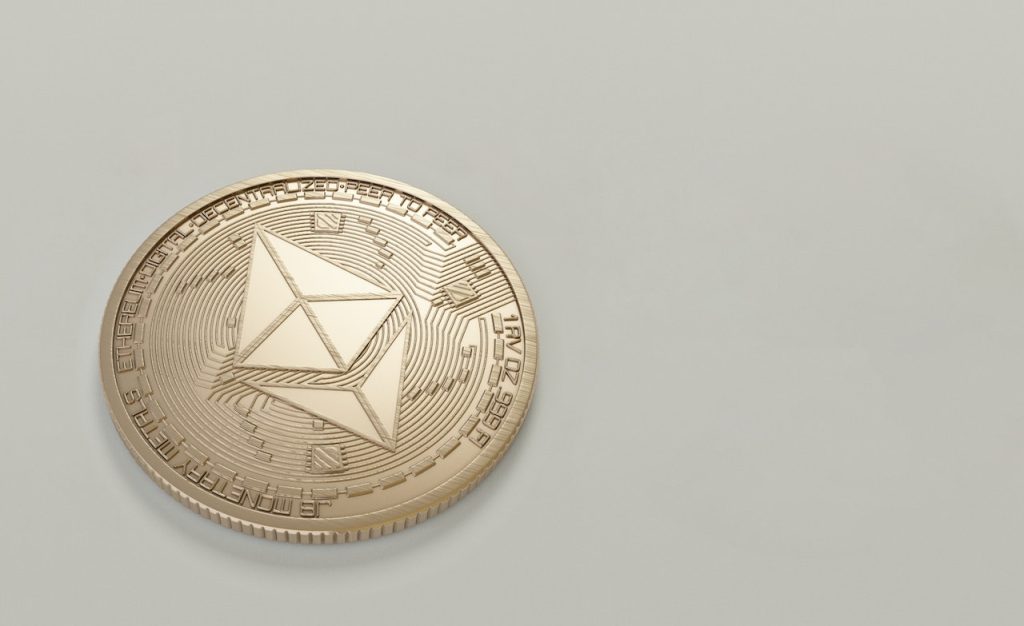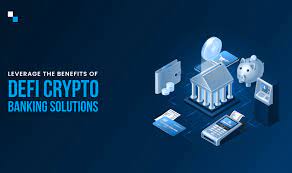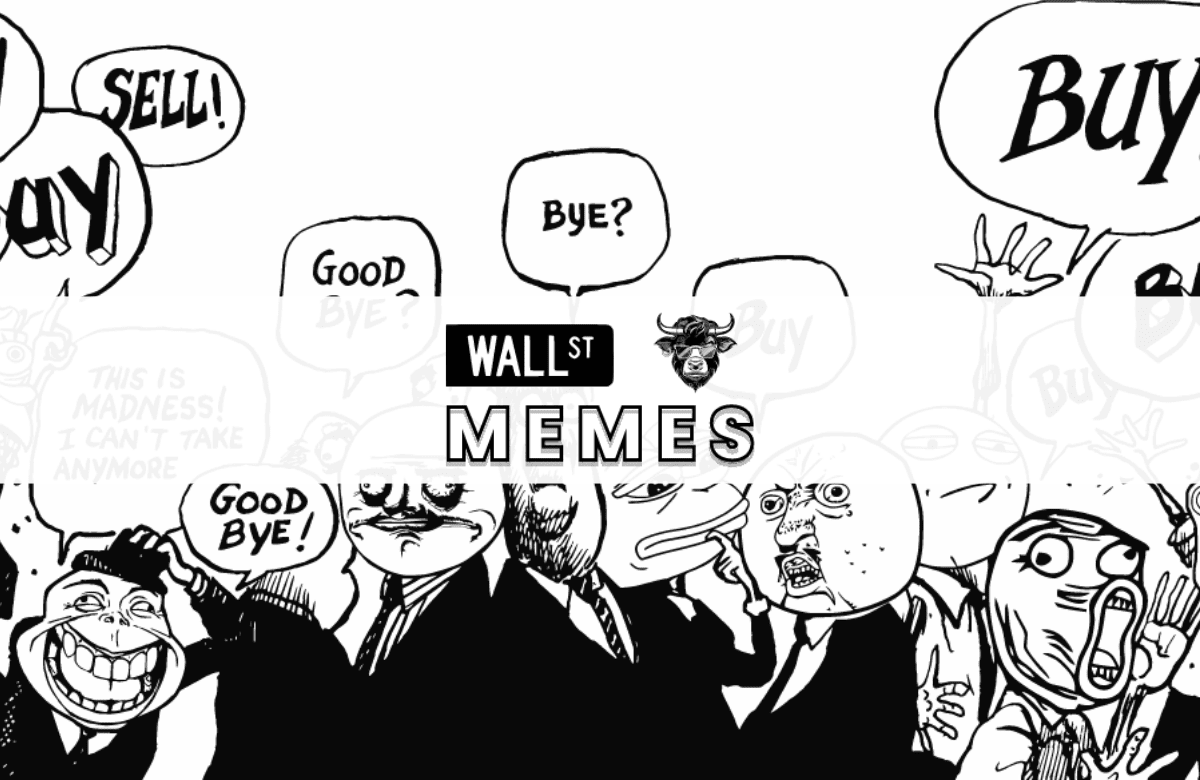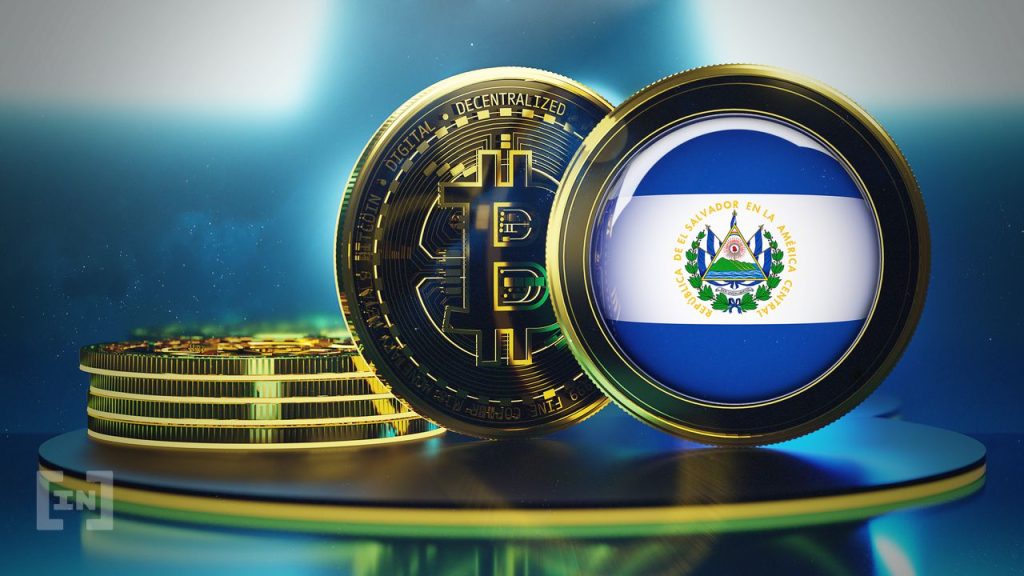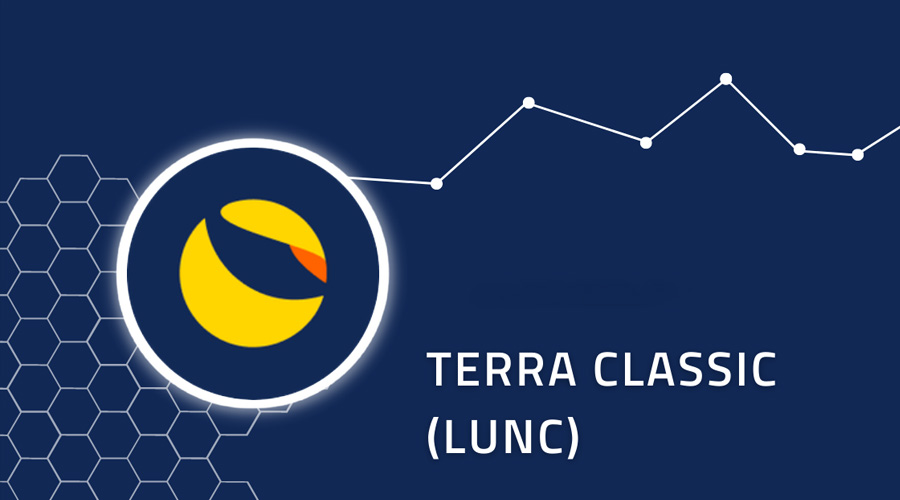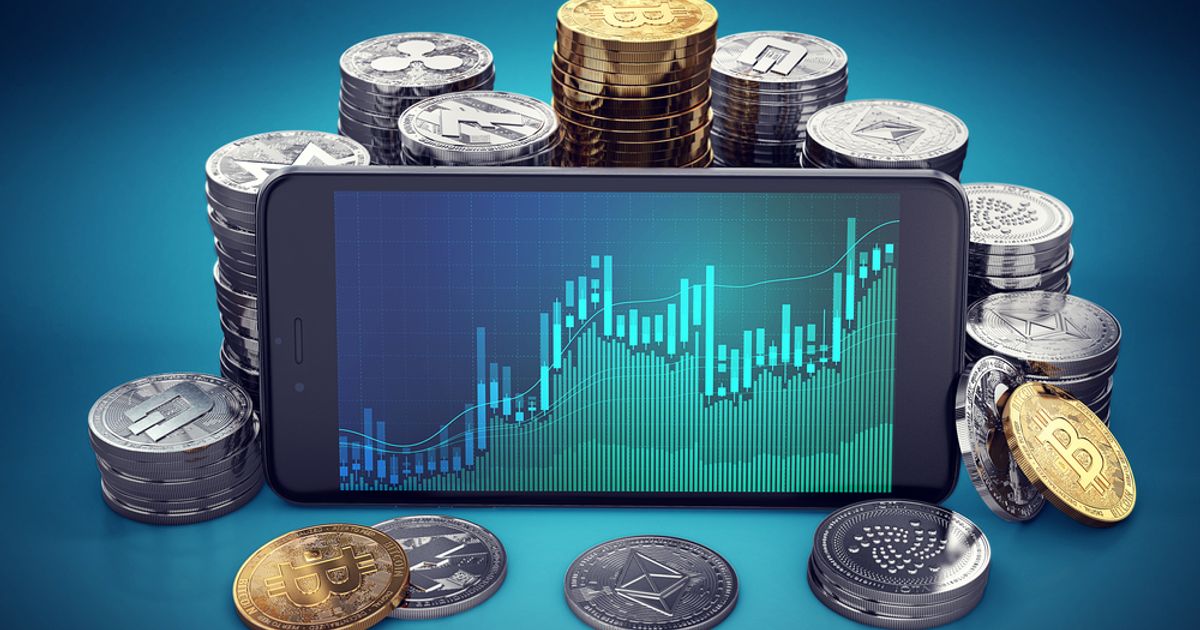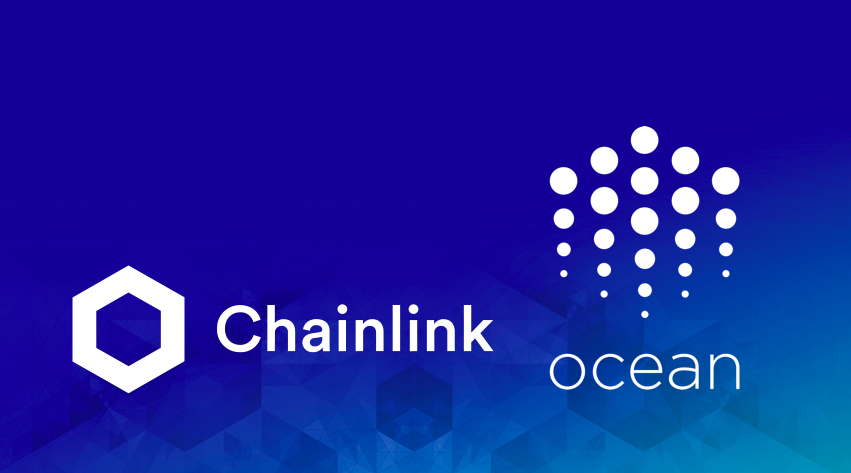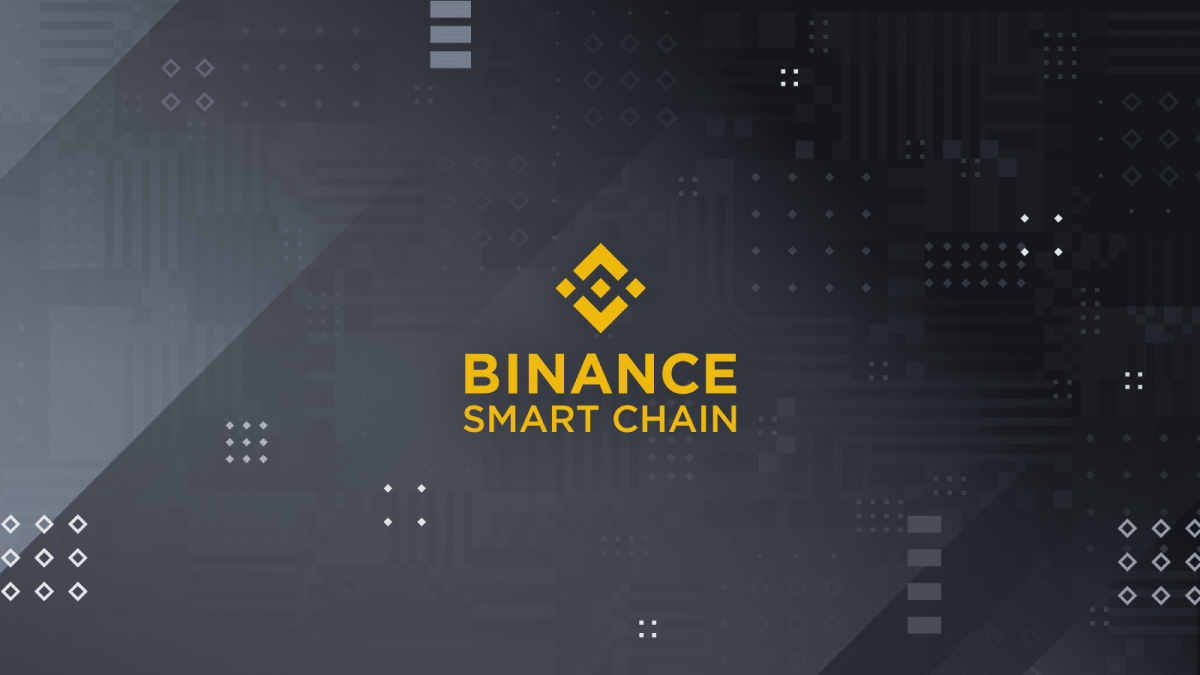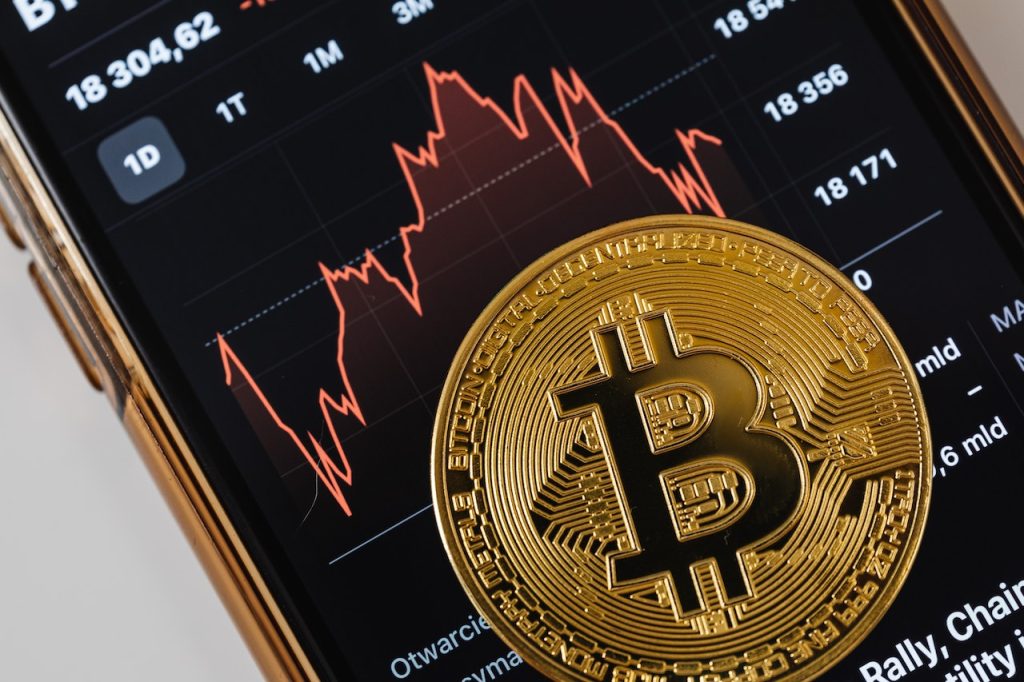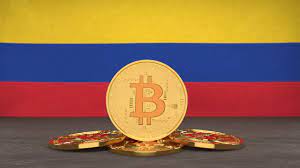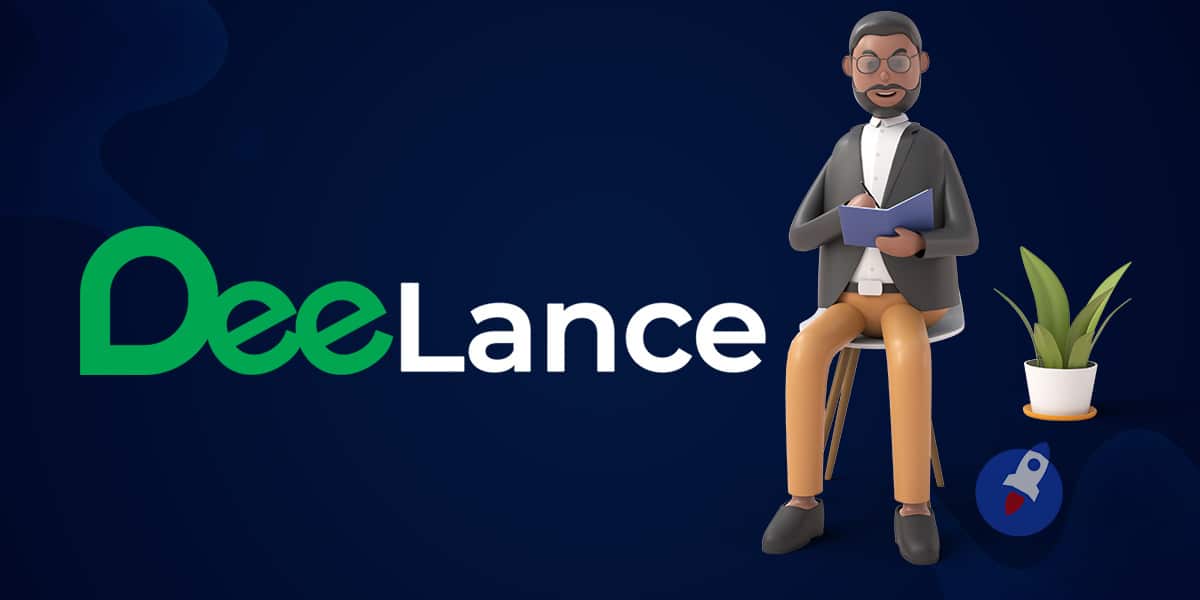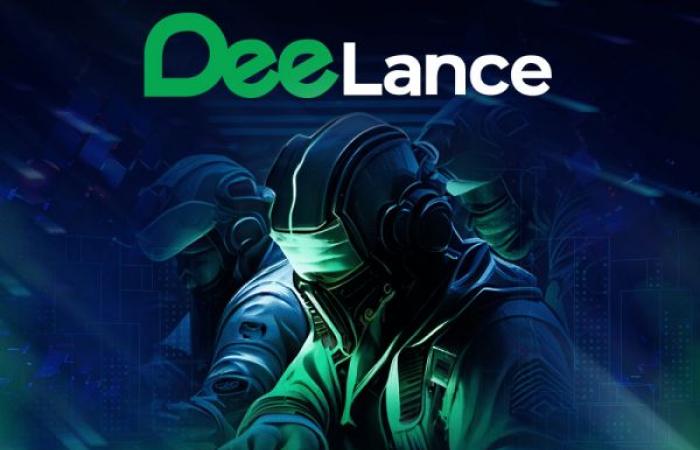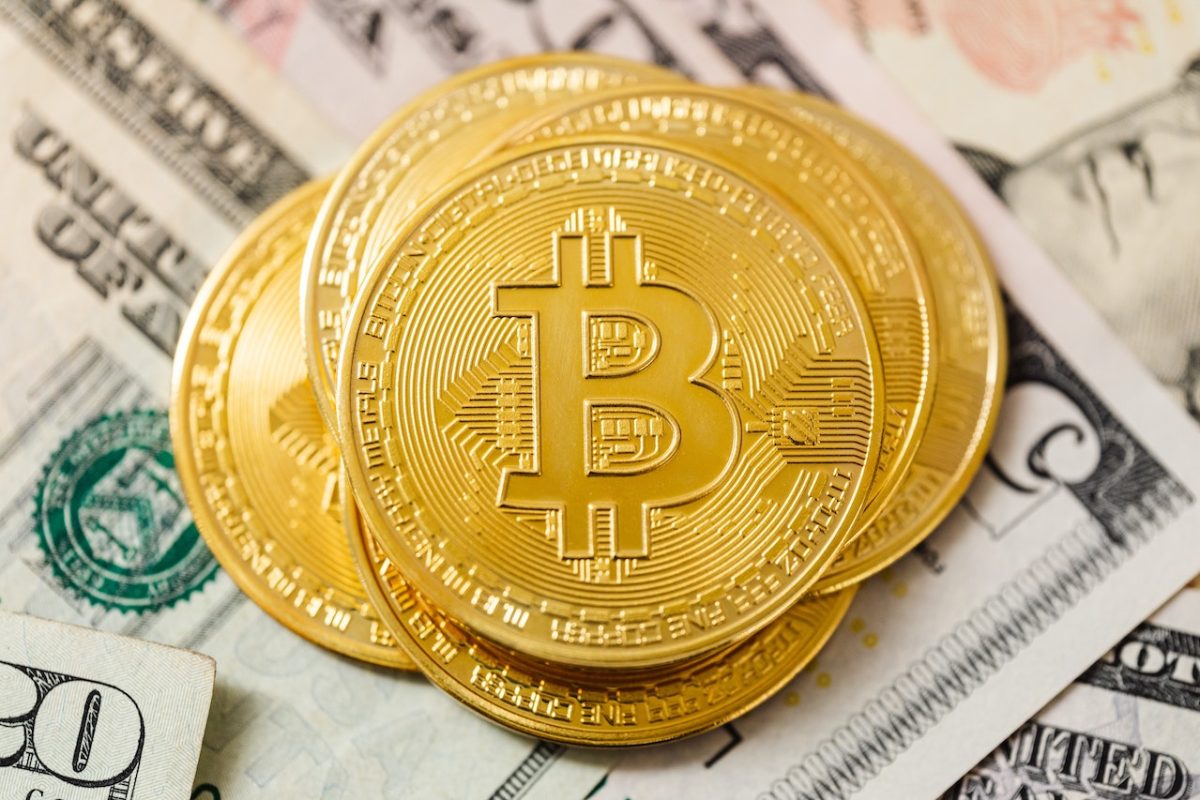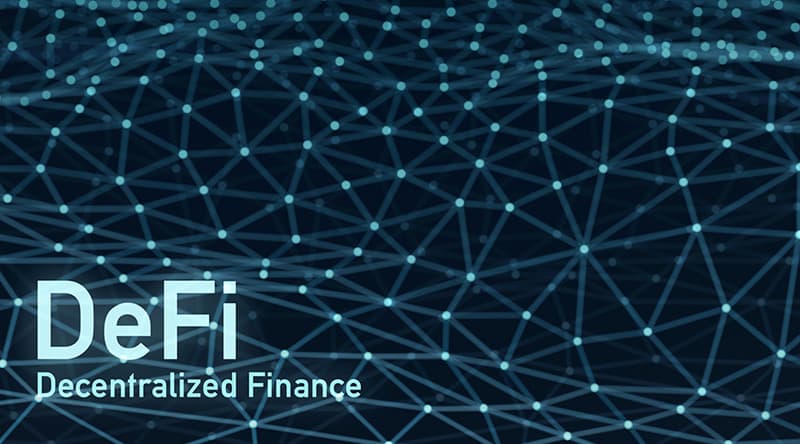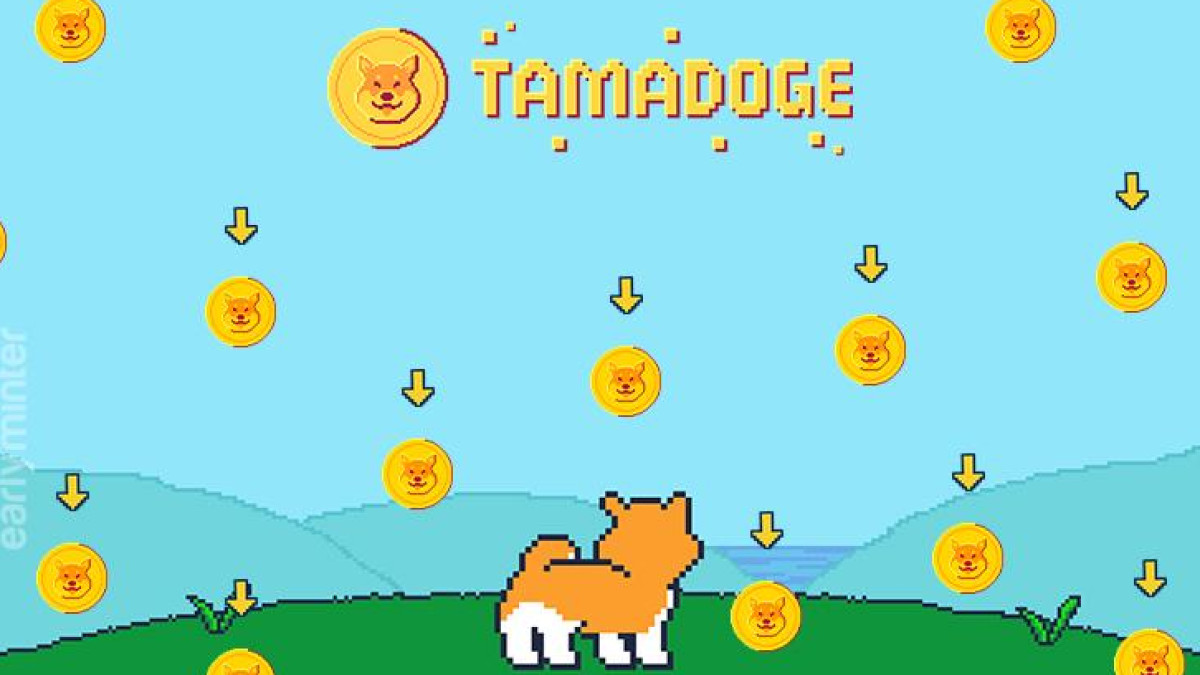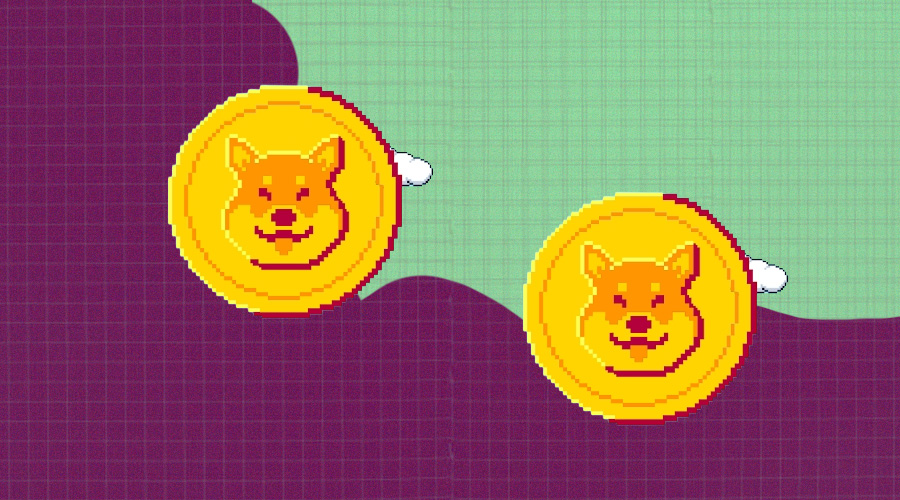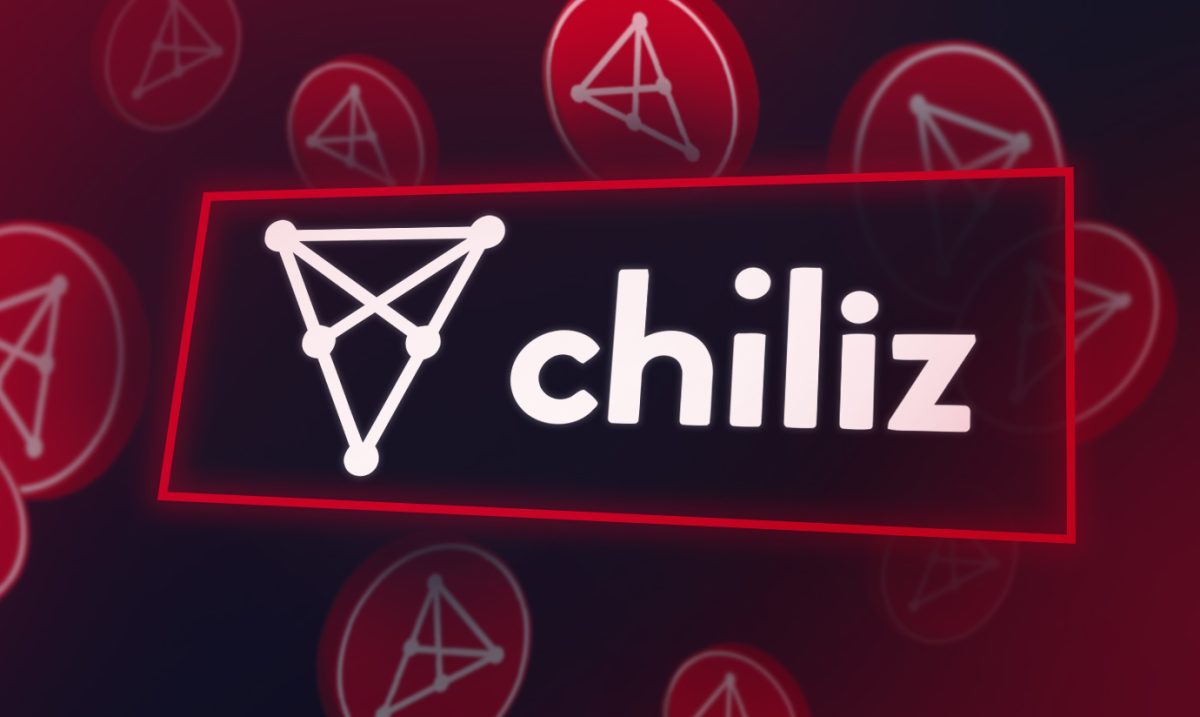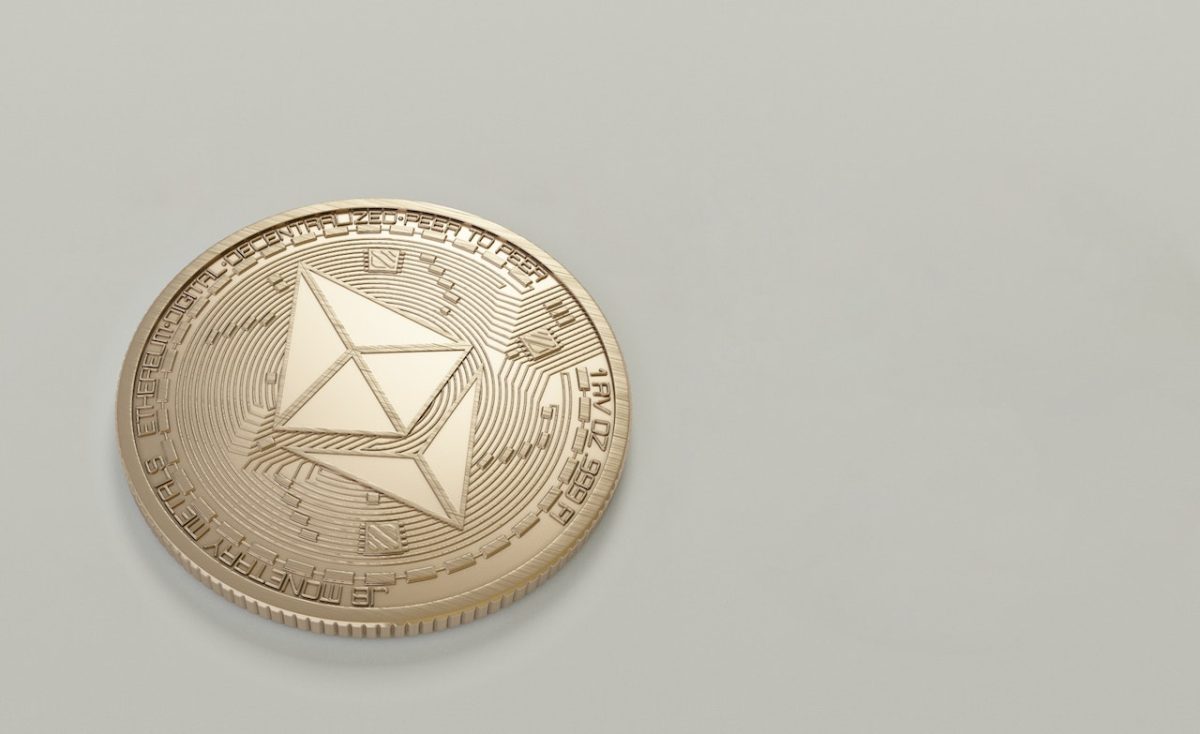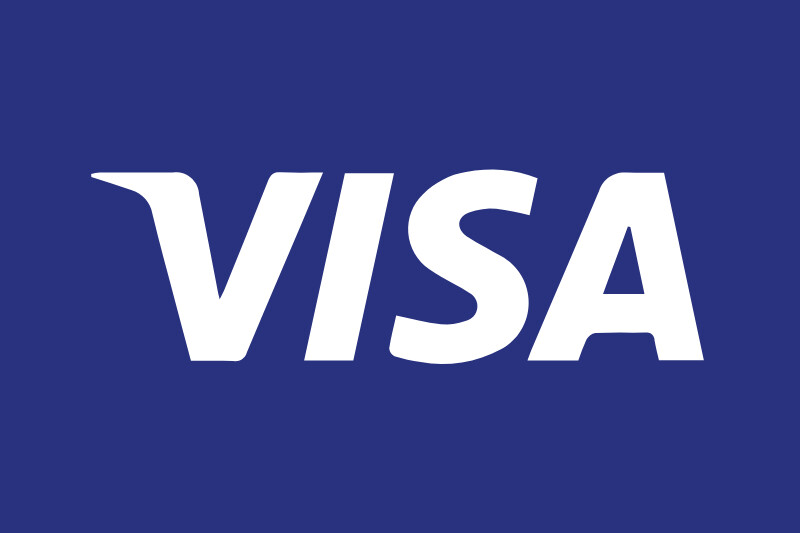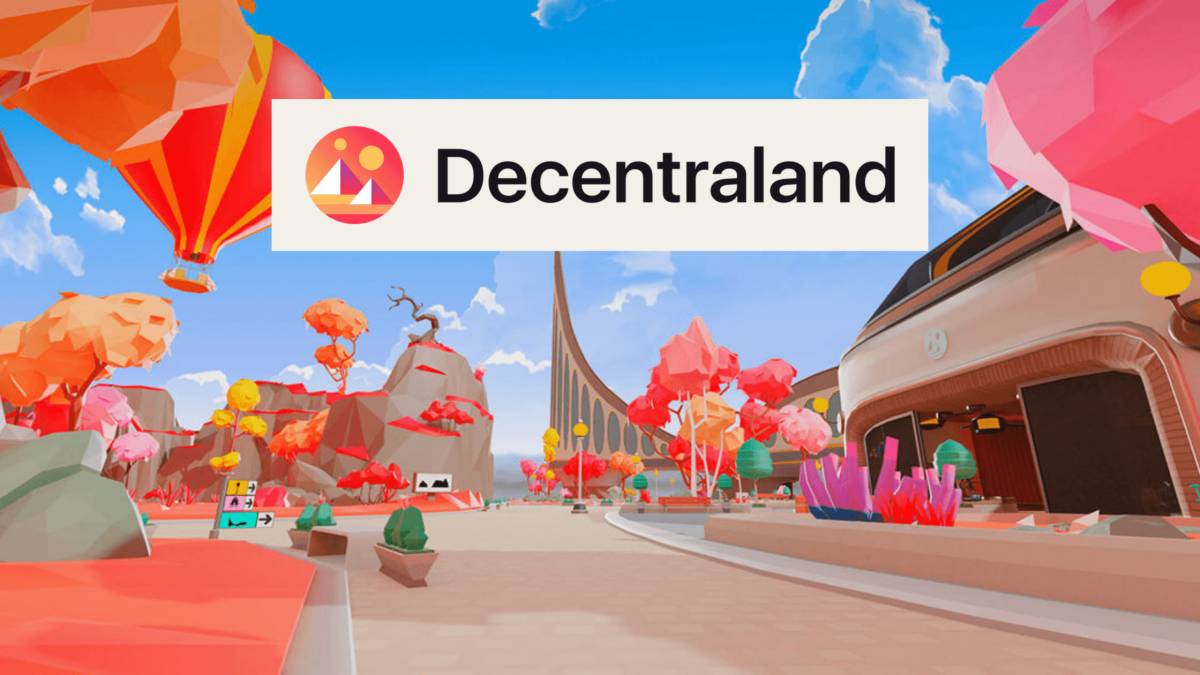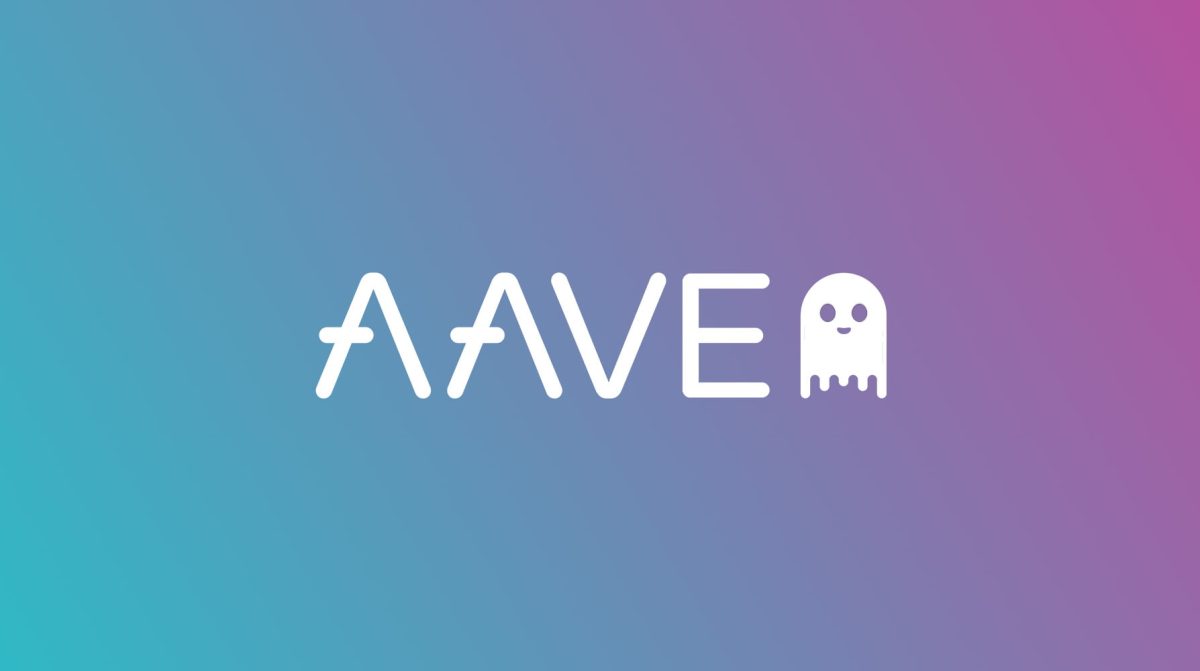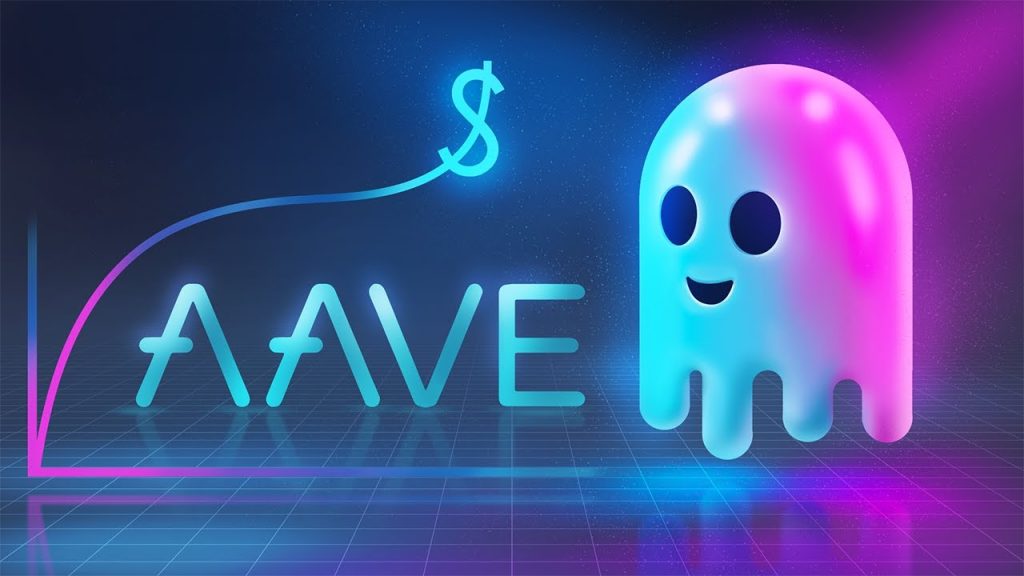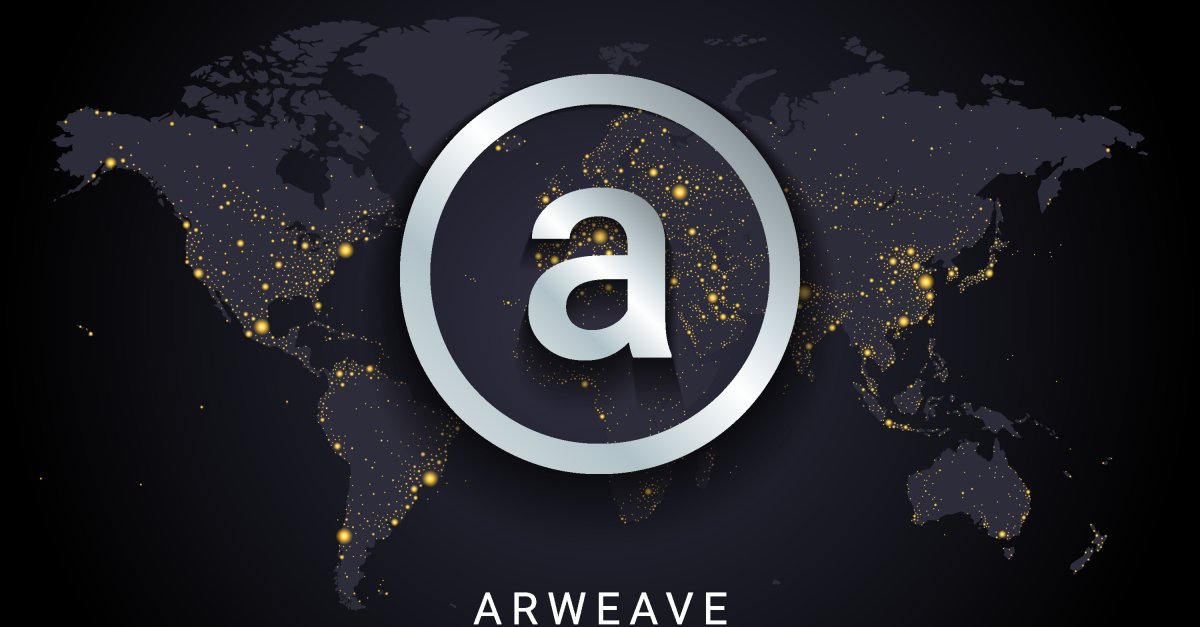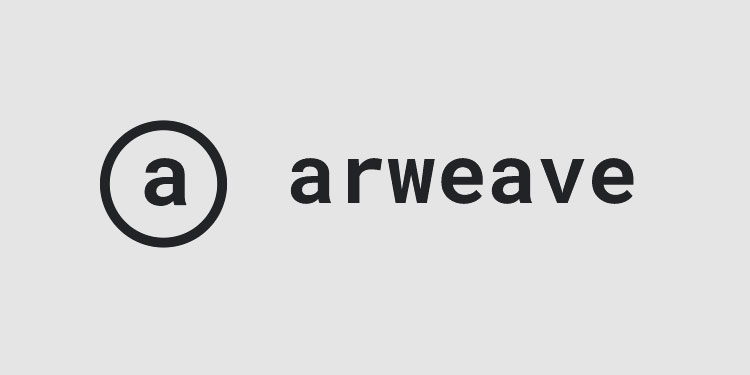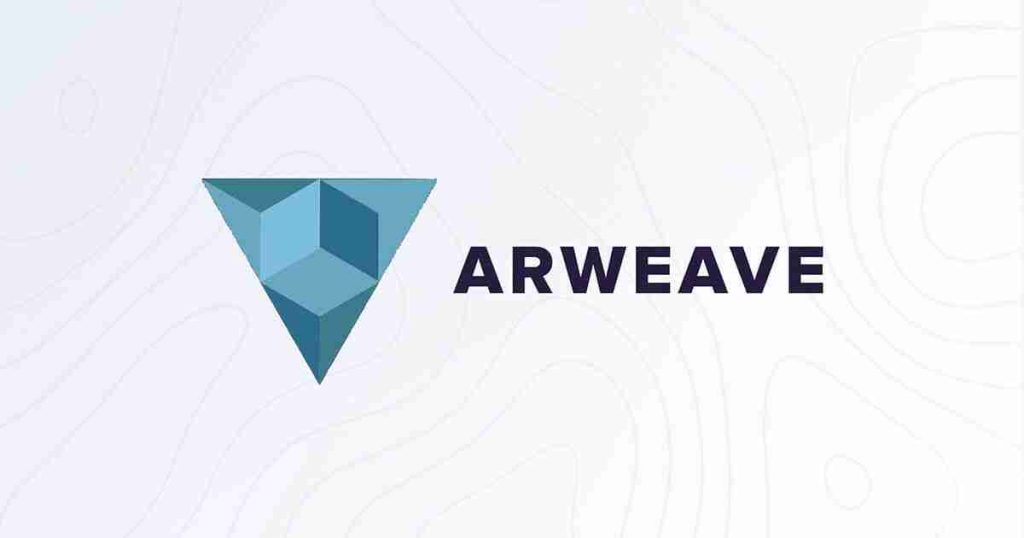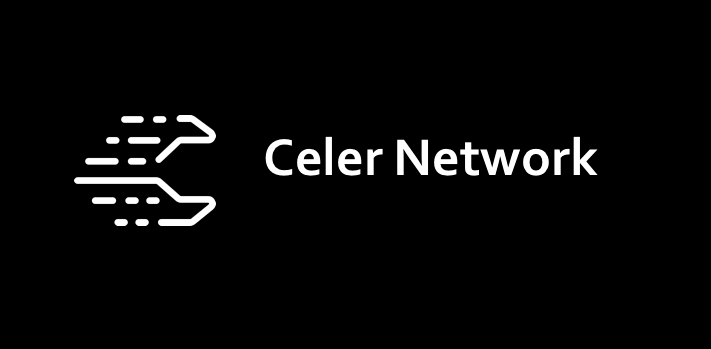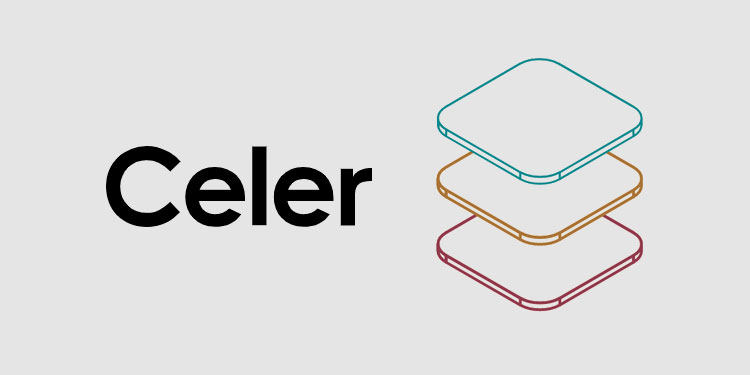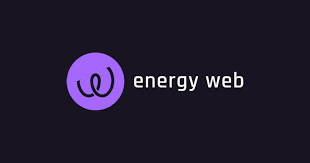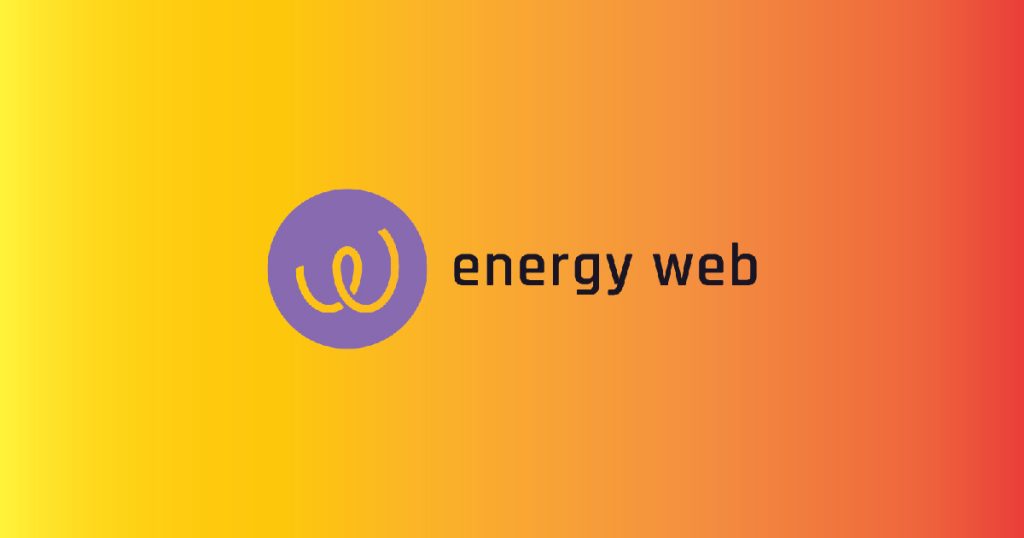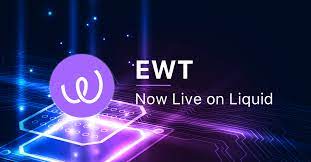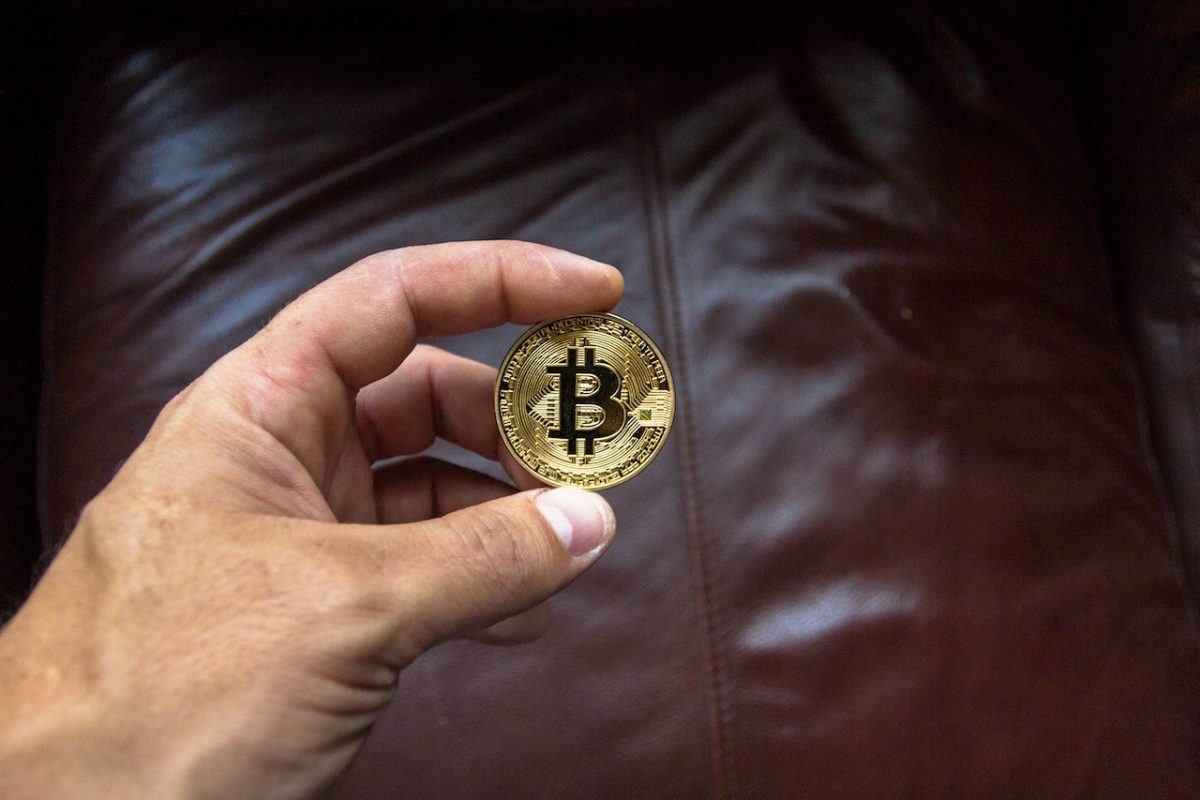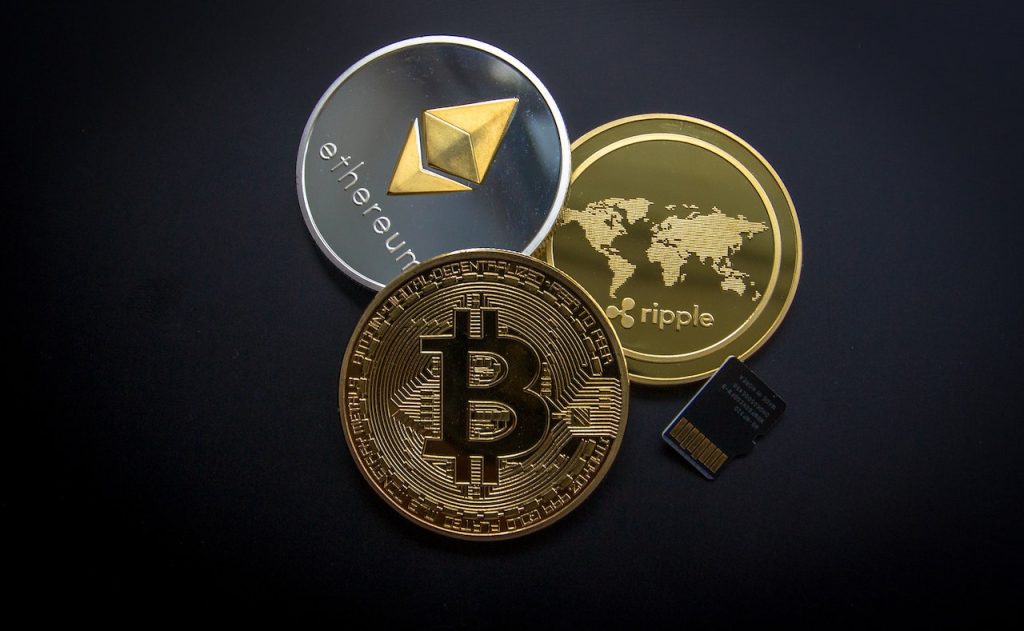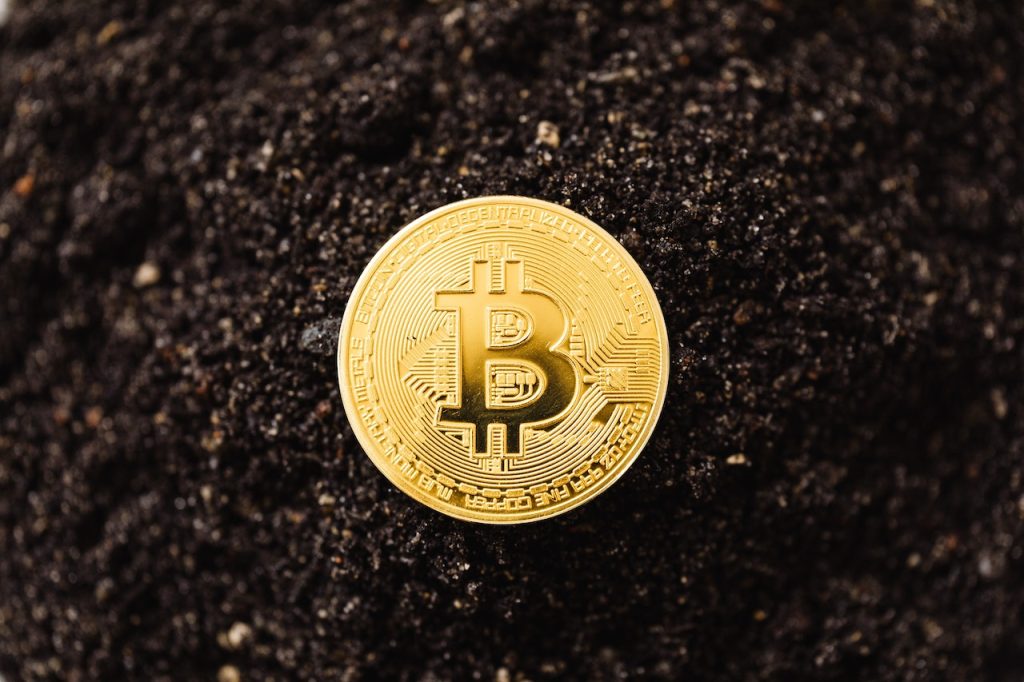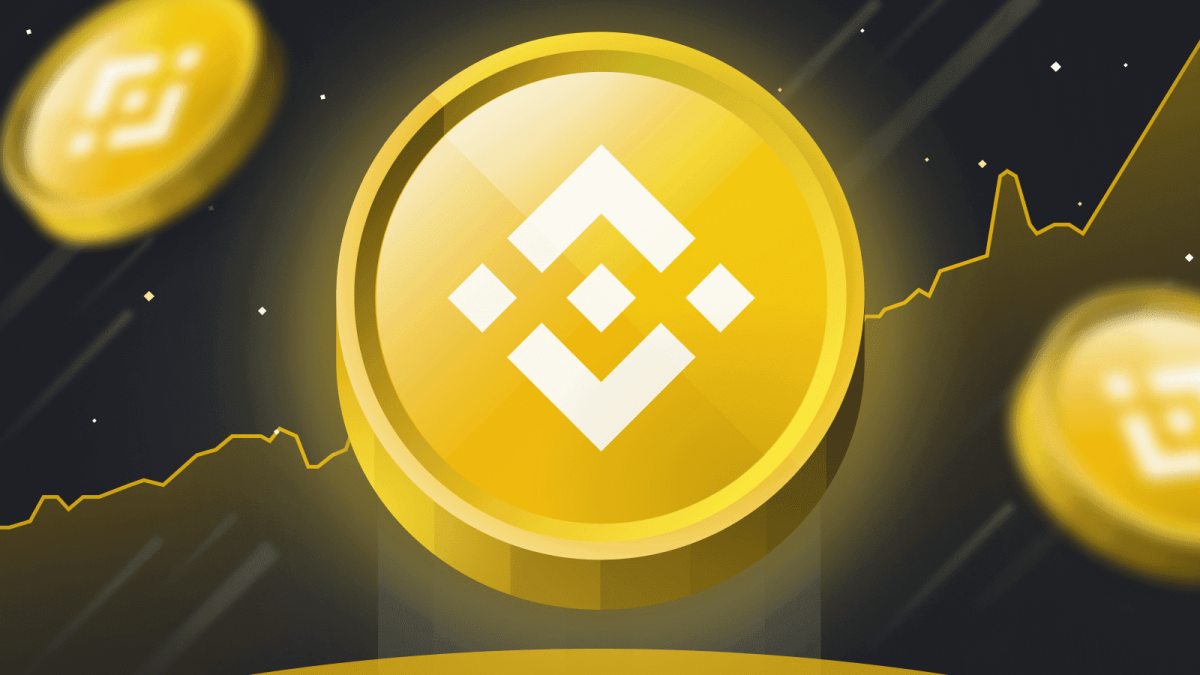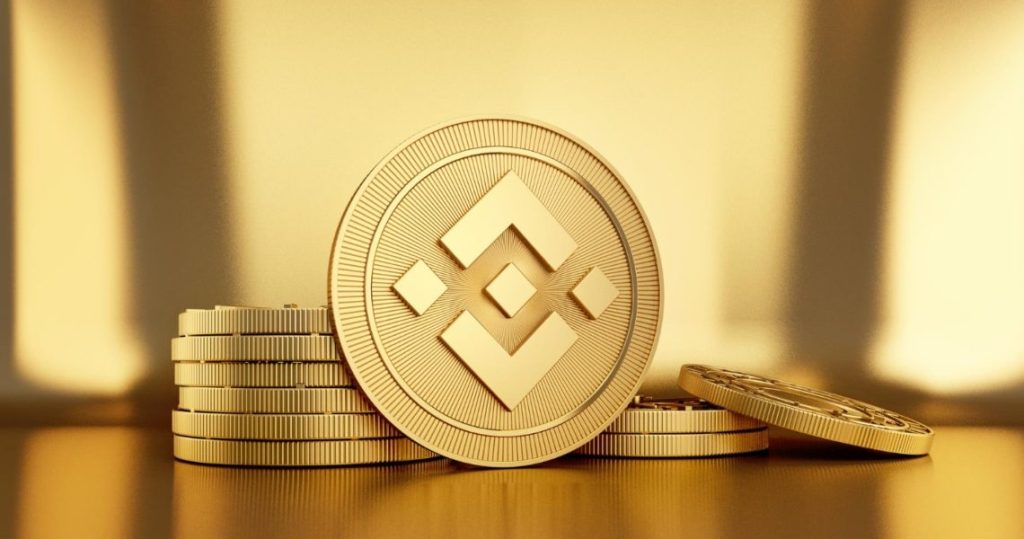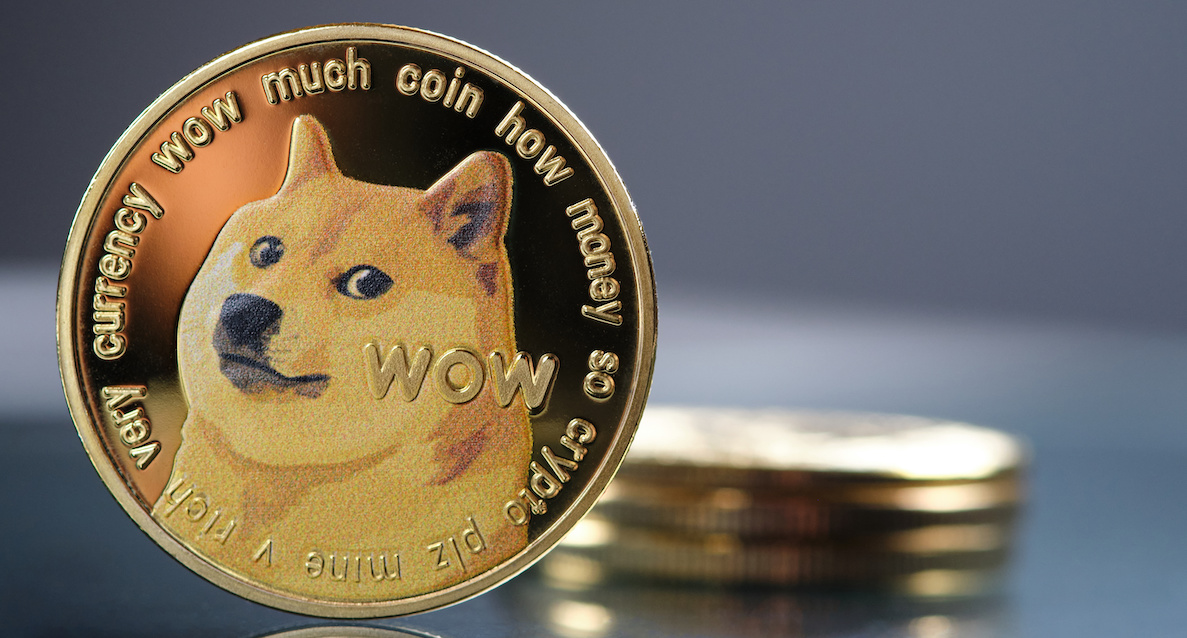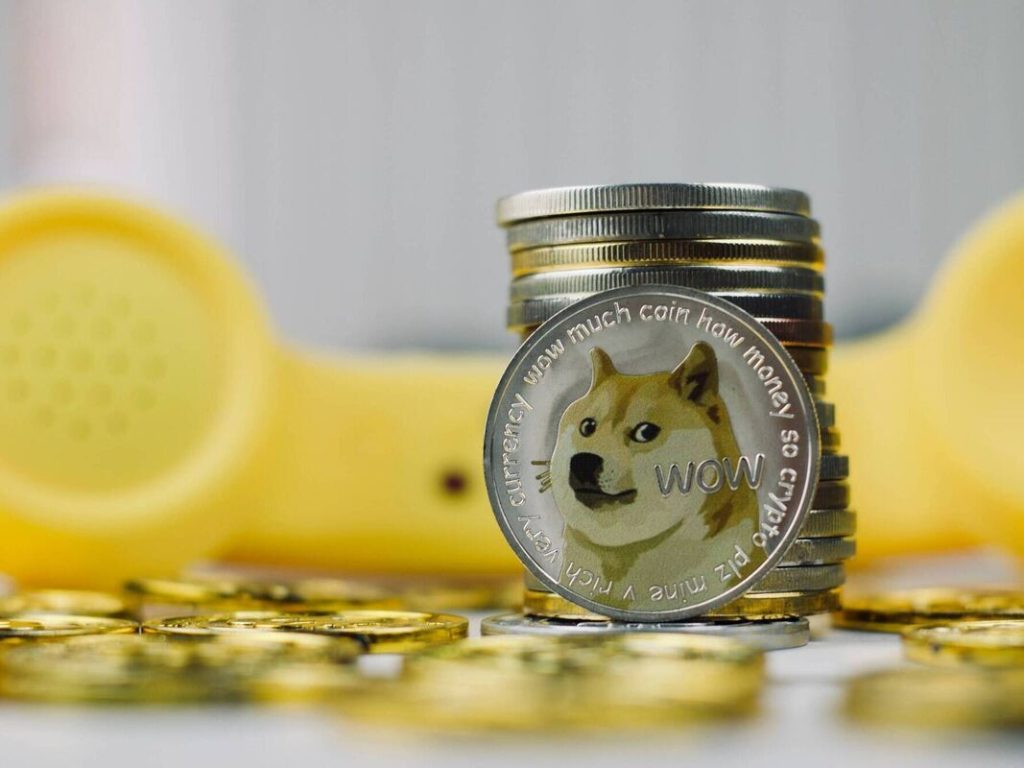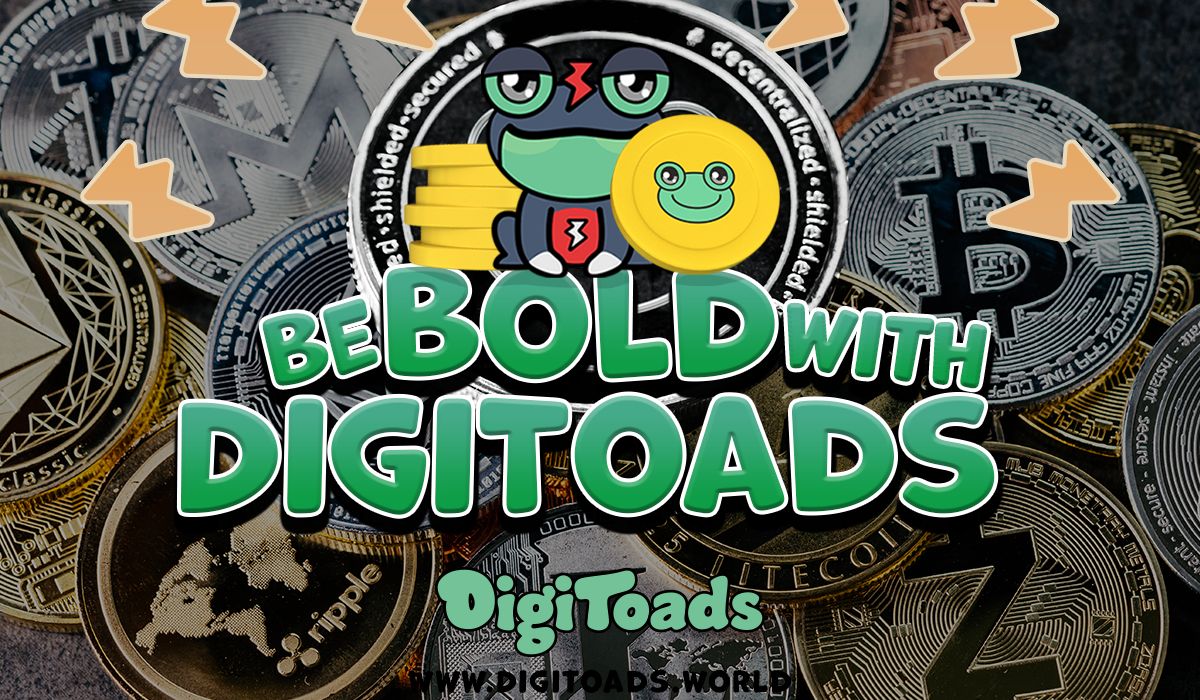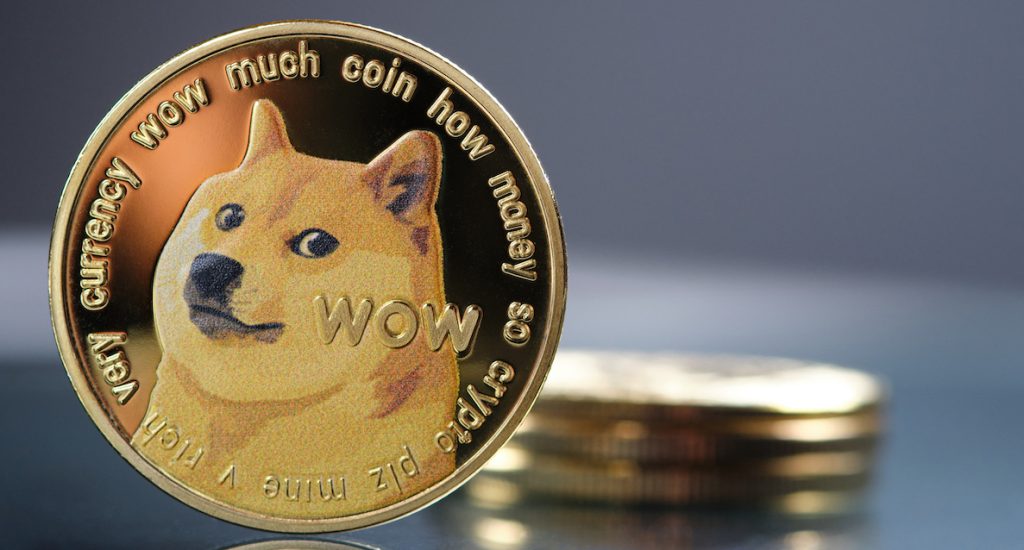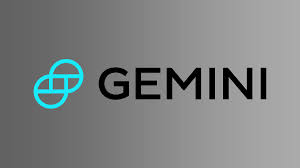In recent years, Non-Fungible Tokens (NFTs) have revolutionized the world of digital art and collectibles. These unique digital assets, built on blockchain technology, have gained immense popularity due to their scarcity, authenticity, and potential for investment. One of the exciting aspects of the NFT ecosystem is the concept of “NFT drops,” where artists and creators release their limited edition NFTs to the public. In this article, we will explore the world of upcoming NFT drops, discussing their significance, benefits, factors to consider, and provide in-depth information on noteworthy drops.
Understanding NFT Drops
Definition of NFT Drops
NFT drops also refered to the release of new NFTs by artists and creators to the public. These drops are also typically announced in advance, creating anticipation among collectors and enthusiasts. Additionally NFT drops often involve limited editions and unique features that make them highly sought after.
Key Elements of an NFT Drop
To fully understand NFT drops, it’s also essential to consider the key elements that shape these events. These include the artist/creator behind the NFT, the platform hosting the drop, tokenization details, limited editions, rarity and also collectability, pricing and auction mechanisms, and community engagement opportunities.
Benefits of Participating in Upcoming NFT Drops
Investment Opportunities
Participating in upcoming NFT drops can also provide investment opportunities. NFTs have shown tremendous potential for value appreciation, especially when backed by renowned artists and in-demand content. Additionally by carefully selecting and investing in promising NFT drops, collectors can potentially benefit from future price appreciation.
Access to Exclusive Content
Upcoming NFT drops often offer exclusive content that is not available elsewhere. By participating in these drops, collectors can gain access to unique digital art pieces, music releases, virtual real estate, and other rare digital assets, providing a sense of exclusivity and ownership.
Supporting Artists and Creators
NFT drops directly support artists and also creators, allowing them to monetize their work in a decentralized and transparent manner. By purchasing NFTs from upcoming drops, collectors contribute to the financial success of artists, enabling them to continue creating and expanding their artistic endeavors.
Community and Networking
Participating in upcoming NFT drops allows collectors to engage with a vibrant community of like-minded individuals who share a passion for digital art and collectibles. By joining forums, social media channels, and attending events related to NFT drops, collectors can build valuable connections and share experiences with fellow enthusiasts.
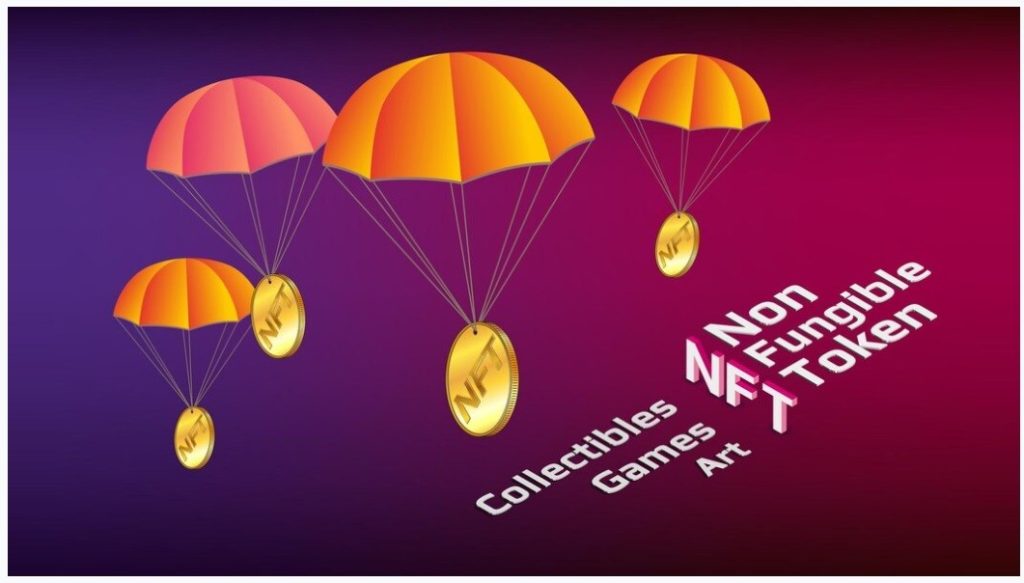
Factors to Consider Before Participating
Researching the Artist/Creator
Before participating in an upcoming NFT drop, it is crucial to conduct thorough research on the artist or creator behind the NFT. Understanding their background, artistic style, previous works, and reputation can help collectors make informed decisions and assess the potential long-term value of the NFT.
Evaluating the Platform
The platform hosting the NFT drop plays a significant role in the success and credibility of the event. It is essential to evaluate the platform’s reputation, security measures, user experience, and track record in handling NFT transactions. Additionally a reliable platform ensures a smooth and secure participation experience.
Understanding Tokenomics
Tokenomics refers to the economics and also mechanics of a token, including its supply, utility, and distribution. Before participating in an NFT drop, collectors should understand the tokenomics associated with the NFT. This includes details such as token supply, utility within the ecosystem, potential future incentives, and the overall token economy.
Setting a Budget
It is crucial to establish a budget before participating in upcoming NFT drops. Setting a budget ensures responsible and strategic participation in NFT drops. Collectors should consider the maximum amount they are willing to spend on an NFT, taking into account their financial situation and risk tolerance. By setting a budget, collectors can avoid overspending and make informed decisions based on their predetermined limits.
Noteworthy Upcoming NFT Drops
[NFT Drop 1]
- Artist/Creator Information: Provide a detailed background of the artist or creator, their artistic style, and notable achievements.
- Tokenization Details: Explain the specifics of the NFT, such as the underlying blockchain, smart contract details, and token standard.
- Limited Editions and Rarity: Discuss the scarcity and exclusivity of the NFT, including the number of editions available and any special features.
- Pricing and Auction Information: Provide insights into the pricing structure, auction format, and any associated fees or royalties.
- Community Engagement Opportunities: Highlight any opportunities for collectors to engage with the artist or participate in related events.
NFT Drop 2
- Artist/Creator Information: Introduce the artist or creator, their unique style, and notable contributions to the art community.
- Tokenization Details: Discuss the technical aspects of the NFT, such as the blockchain platform used, interoperability features, and potential future developments.
- Limited Editions and Rarity: Emphasize the scarcity of the NFT, including the number of editions available, special attributes, and any unlockable content.
- Pricing and Auction Information: Explain the pricing strategy, auction mechanics, and any incentives or rewards for early participants.
- Community Engagement Opportunities: Outline opportunities for collectors to connect with the artist, interact with the NFT’s community, and participate in related discussions or events.
NFT Drop 3
- Artist/Creator Information: Present the background and artistic journey of the creator, including their influences, past collaborations, and recognition.
- Tokenization Details: Elaborate on the technical specifications of the NFT, such as the blockchain platform, metadata standards, and potential integrations with other projects.
- Limited Editions and Rarity: Describe the scarcity of the NFT, including the edition size, any tiered rarity levels, and unique attributes that make it valuable.
- Pricing and Auction Information: Provide details on the pricing structure, auction duration, bidding mechanisms, and any accompanying benefits for successful bidders.
- Community Engagement Opportunities: Discuss ways for collectors to engage with the NFT’s community, such as exclusive access to future releases, virtual events, or collaborative opportunities.
WATCH THE VIDEO BELOW
How to Participate in Upcoming NFT Drops
Registration and Account Setup
- Explain the process of registering an account on the platform hosting the NFT drop, including the required personal information and verification steps.
- Provide guidance on how to set up a digital wallet compatible with the platform to store and also manage the purchased NFTs.
Wallet Requirements
- Detail the specific wallet requirements for participating in the NFT drop, such as the supported wallet types (software, hardware, or web-based), and any additional setup or security measures.
Gas Fees and Transaction Costs
- Discuss the concept of gas fees and also their importance in blockchain transactions.
- Explain how gas fees are calculated and also provide tips on optimizing gas fees to minimize transaction costs.
Timing and Notifications
- Highlight the significance of staying informed about upcoming NFT drops.
- Provide guidance on subscribing to relevant newsletters, following official social media accounts, and setting up notifications to receive timely updates about upcoming drops.
Tips for Successful Participation
Plan Ahead and Be Prepared
- Emphasize the importance of planning and preparing well in advance of the NFT drop.
- Encourage collectors to research upcoming drops, set reminders, and allocate time to participate actively.
Join Communities and Follow Social Media Channels
- Advise collectors to join communities and forums dedicated to NFTs and upcoming drops.
- Suggest following official social media channels of artists, creators, and platforms to stay updated with the latest information.
Monitor Gas Prices and Network Congestion
- Explain the significance of monitoring gas prices and network congestion.
- Provide resources and tools that help collectors track current gas prices and choose optimal transaction timings to avoid high fees and network delays.
Stay Informed about Market Trends
- Encourage collectors to stay informed about market trends, industry news, and the evolving landscape of NFTs.
- Suggest following reputable blogs, podcasts, and industry influencers to gain insights and make informed decisions.
Summary
The world of upcoming NFT drops presents exciting opportunities for collectors, investors, and art enthusiasts alike. By understanding the key elements of NFT drops, exploring their benefits, considering important factors before participating, and staying informed about noteworthy drops, individuals can navigate this evolving landscape with confidence and maximize their engagement. As NFTs continue to reshape the digital art market, participating in upcoming NFT drops allows collectors to be part of a dynamic ecosystem and support the growth of artists and creators in the decentralized digital realm.
